The 1930s were a time of incredible change in New York City. Despite the Great Depression casting a long shadow, the city’s skyline continued to rise, reaching for the sky with new skyscrapers that became symbols of hope and ambition. These towering structures, built with steel and concrete, showcased the latest architectural styles and engineering marvels. Let’s explore some of the most iconic New York skyscrapers that emerged during this remarkable decade.
The Empire State Building
It’s impossible to talk about 1930s New York without mentioning the Empire State Building. This 102-story behemoth, completed in 1931, quickly became the tallest building in the world, a title it held for nearly 40 years. Its Art Deco design, with setbacks and a distinctive mast, captured the spirit of the era, blending elegance with modernism.
The Empire State Building was a symbol of hope during the Depression. Its construction provided jobs for thousands of workers, and its completion showed that even in tough times, the city could still achieve great things.
The Chrysler Building: Art Deco at Its Finest
Another iconic skyscraper from the 1930s is the Chrysler Building. Completed in 1930, it briefly held the title of the world’s tallest building before being surpassed by the Empire State Building. However, it remains a masterpiece of Art Deco architecture, with its gleaming stainless steel crown, eagle gargoyles, and intricate details.
The Chrysler Building was the vision of automobile tycoon Walter Chrysler, who wanted a headquarters that would reflect his company’s success and innovation. The building’s design, by architect William Van Alen, is a celebration of the machine age, with its sleek lines and geometric patterns.
Read more
30 Rockefeller Plaza
30 Rockefeller Plaza, also known as the RCA Building or Comcast Building, is the centerpiece of Rockefeller Center, a complex of 19 commercial buildings developed by the Rockefeller family. Completed in 1933, 30 Rock is an Art Deco masterpiece that houses offices, studios, and the famous Rainbow Room.
Rockefeller Center was built during the Depression to stimulate the economy and create jobs. It was designed as a “city within a city,” with shops, restaurants, theaters, and public spaces. 30 Rockefeller Plaza, with its observation deck and iconic murals, quickly became a popular destination for tourists and New Yorkers alike.
The Waldorf Astoria
The Waldorf Astoria, opened in 1931, was the largest and tallest hotel in the world at the time. Its Art Deco design, luxurious amenities, and famous guests made it a symbol of glamour and sophistication. The hotel quickly became a favorite of celebrities, politicians, and business leaders.
he Waldorf Astoria was more than just a hotel; it was a social and cultural hub. It hosted countless events, from lavish balls to political rallies. Its restaurants and bars were gathering places for the city’s elite.
The McGraw-Hill Building
The McGraw-Hill Building, completed in 1931, is a striking example of early International Style architecture. Its simple geometric forms, lack of ornamentation, and use of modern materials like glass and steel set it apart from the more decorative Art Deco buildings of the era.
The McGraw-Hill Building was designed by architect Raymond Hood, who also designed Rockefeller Center. It was built as the headquarters for the McGraw-Hill publishing company. The building’s design reflects the company’s commitment to modernity and efficiency.
The New York Daily News Building
The New York Daily News Building, completed in 1930, is another example of early International Style architecture. Its sleek lines, setbacks, and emphasis on function over ornamentation reflect the influence of European modernism. The building was designed by architects John Mead Howells and Raymond Hood. It was built as the headquarters for the New York Daily News, one of the city’s most popular newspapers.
The American Radiator Building
The American Radiator Building, completed in 1924, is a unique example of Expressionist architecture. Its black and gold facade, inspired by coal and heat, makes a bold statement on the New York skyline.
The building was designed by architects Raymond Hood and John Howells. It was built as the headquarters for the American Radiator Company. The building’s design reflects the company’s products and its desire to be seen as a leader in the industry. Even though it was completed before the 1930s, the American Radiator Building remains a striking example of the architectural innovation that was taking place in New York during this era.
These are just a few of the many iconic skyscrapers that shaped New York’s skyline in the 1930s. These buildings, with their innovative designs and engineering feats, are a testament to the city’s resilience and its ability to overcome adversity. Some other skyscrapers of New York City from the 1930s are listed in the following photos.


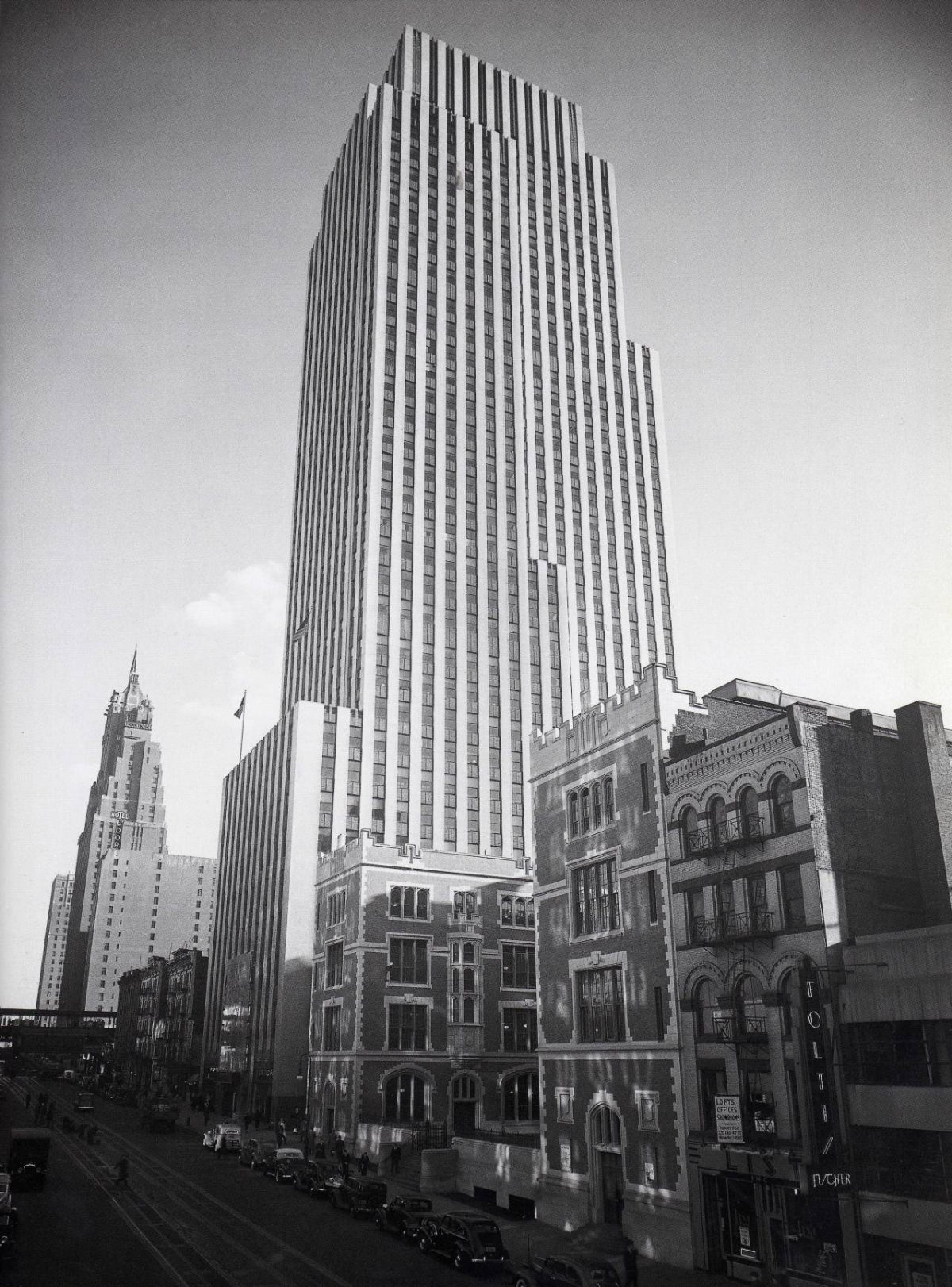
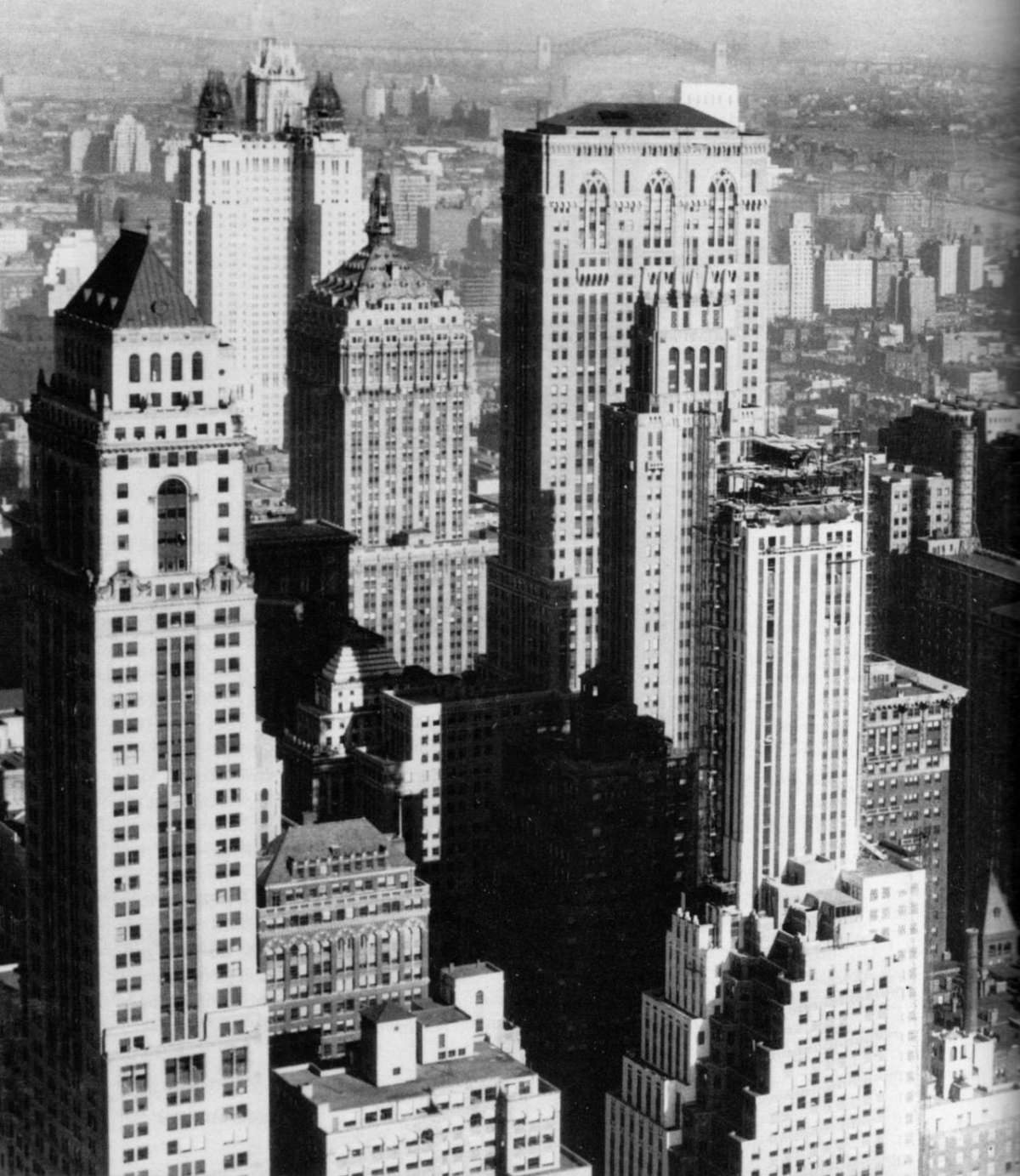
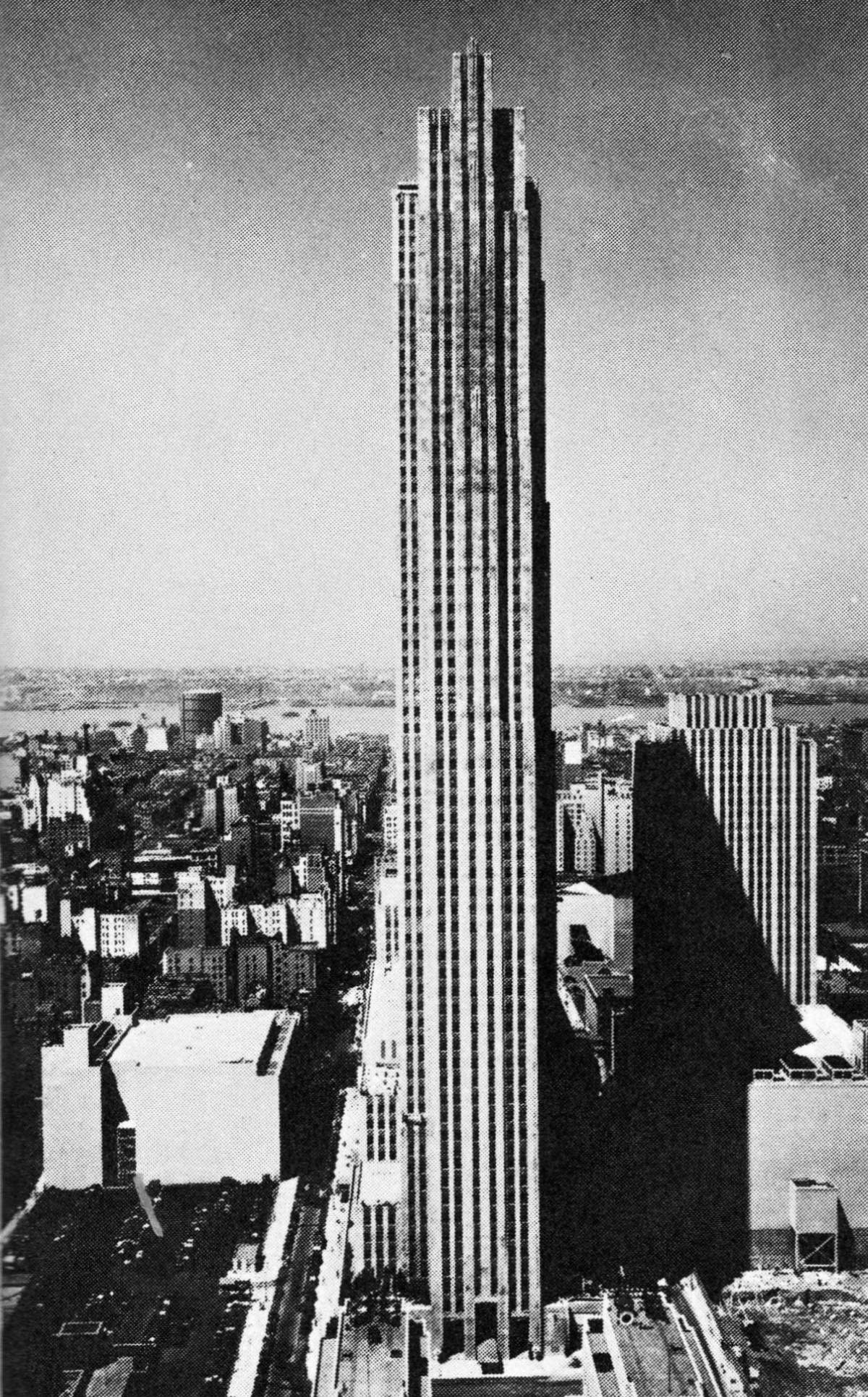
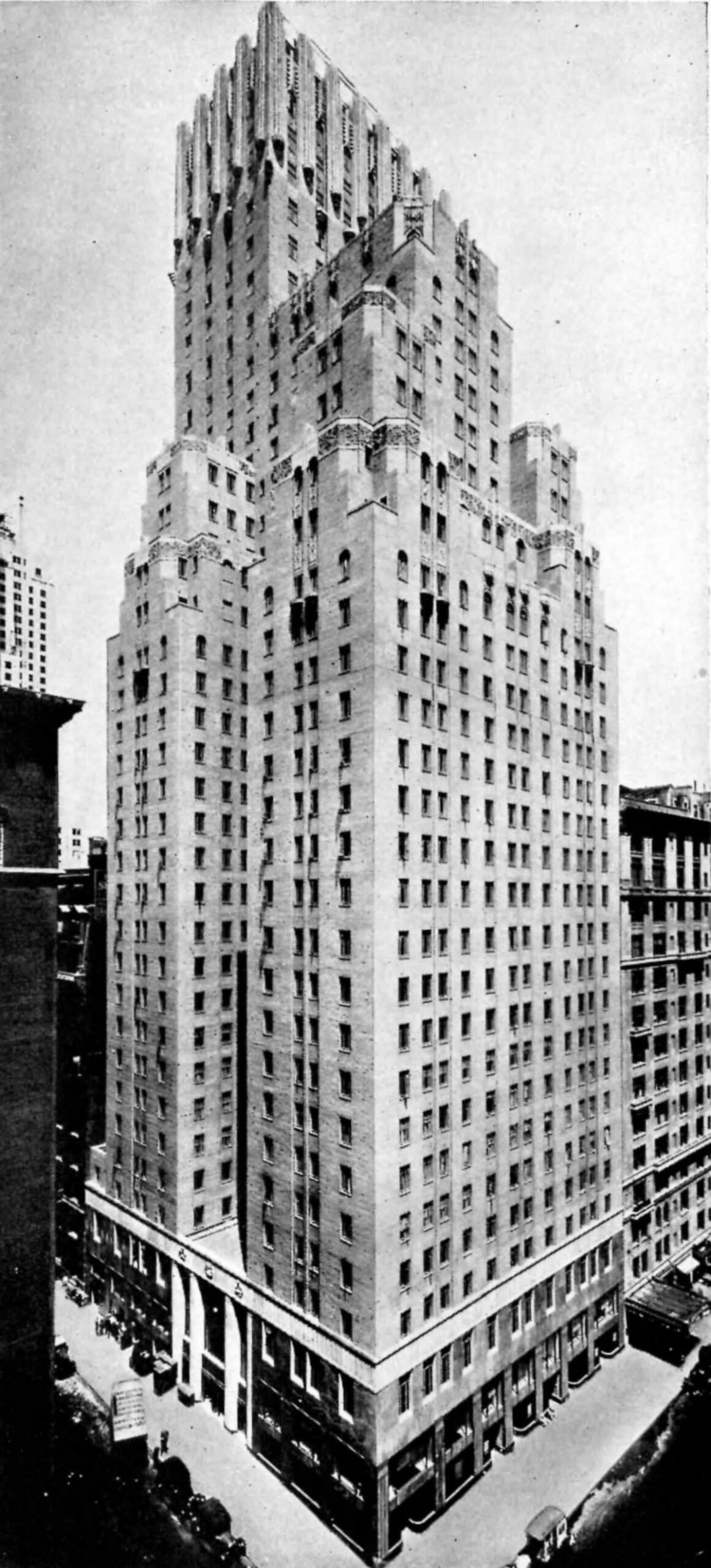
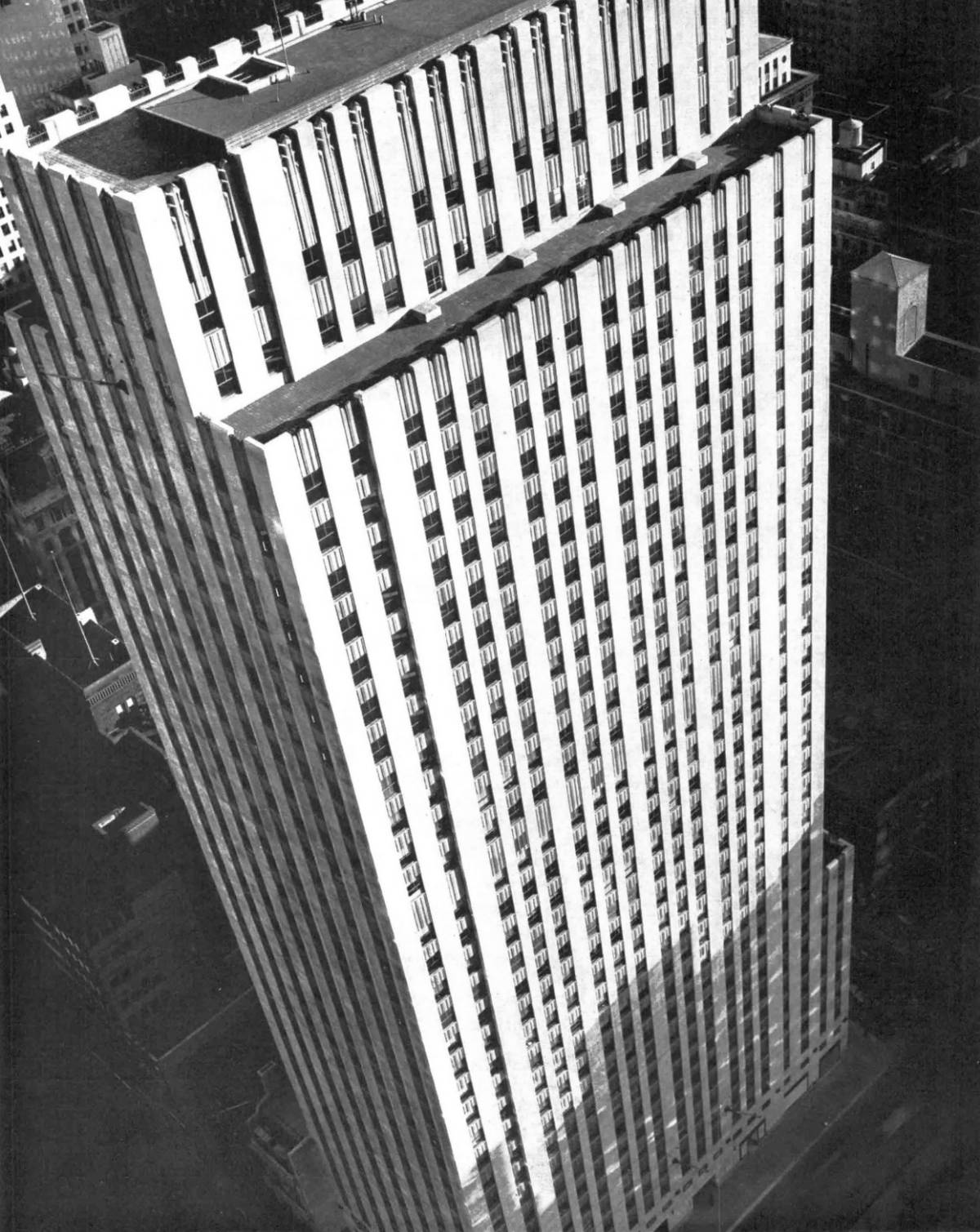
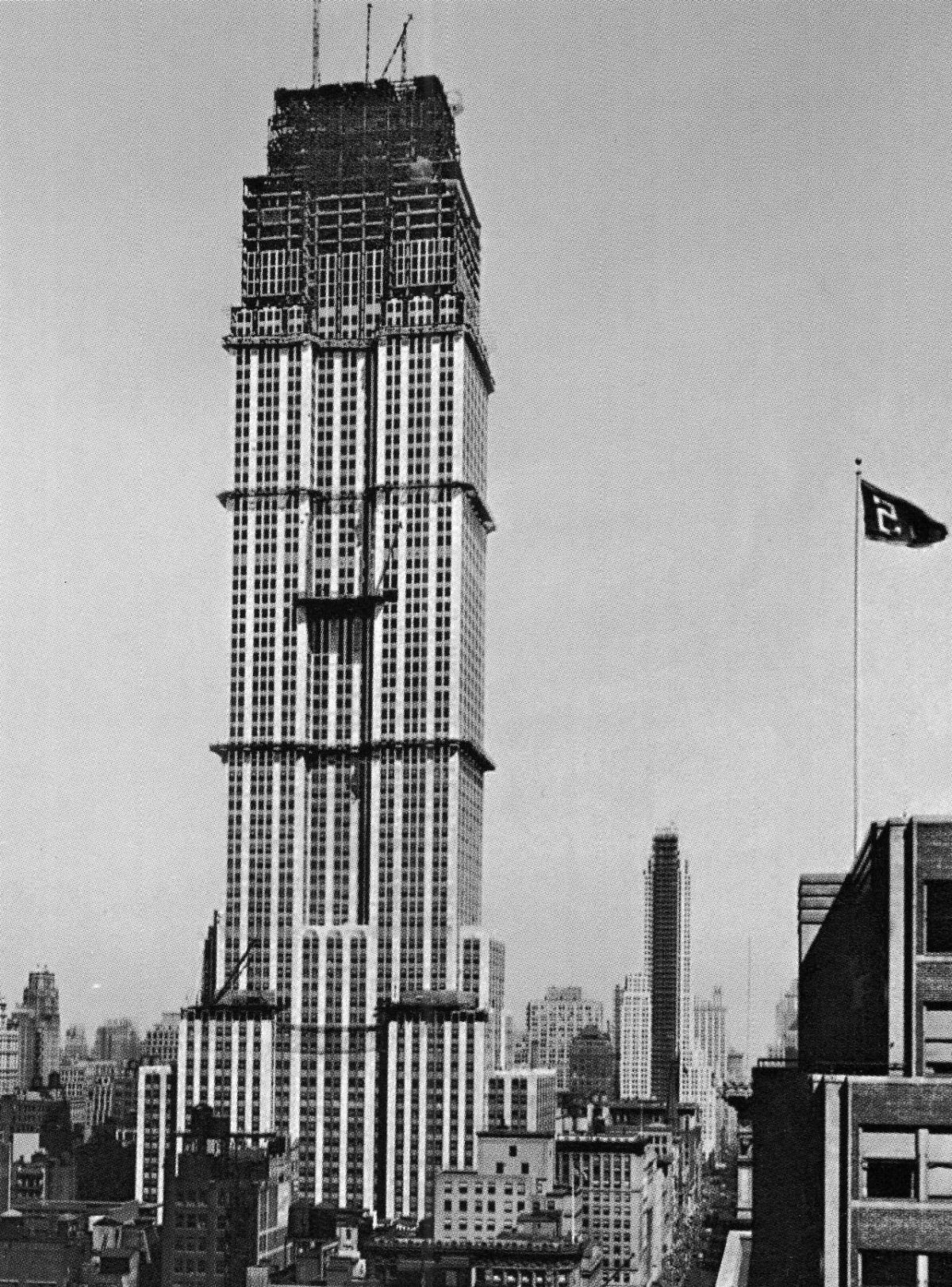
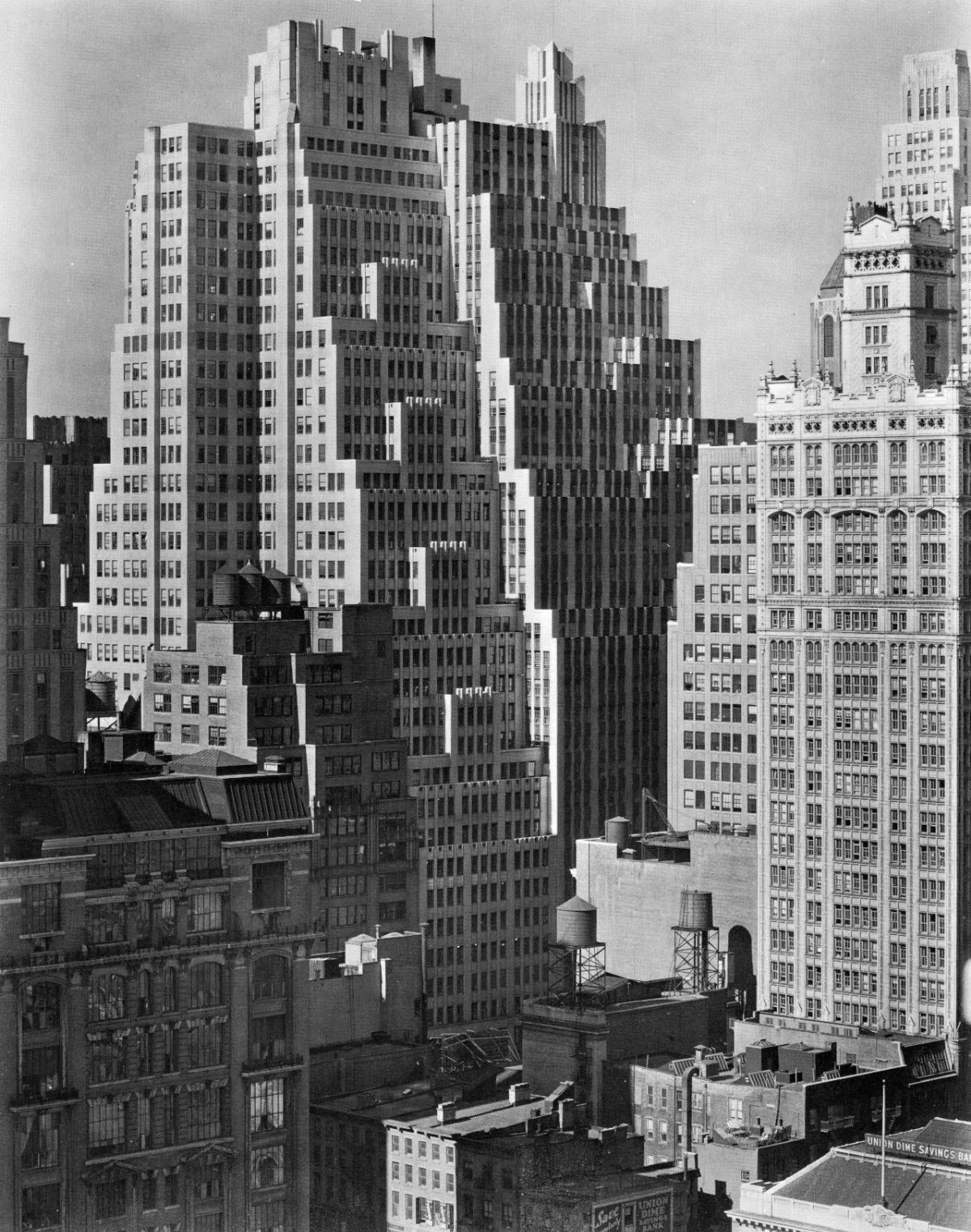
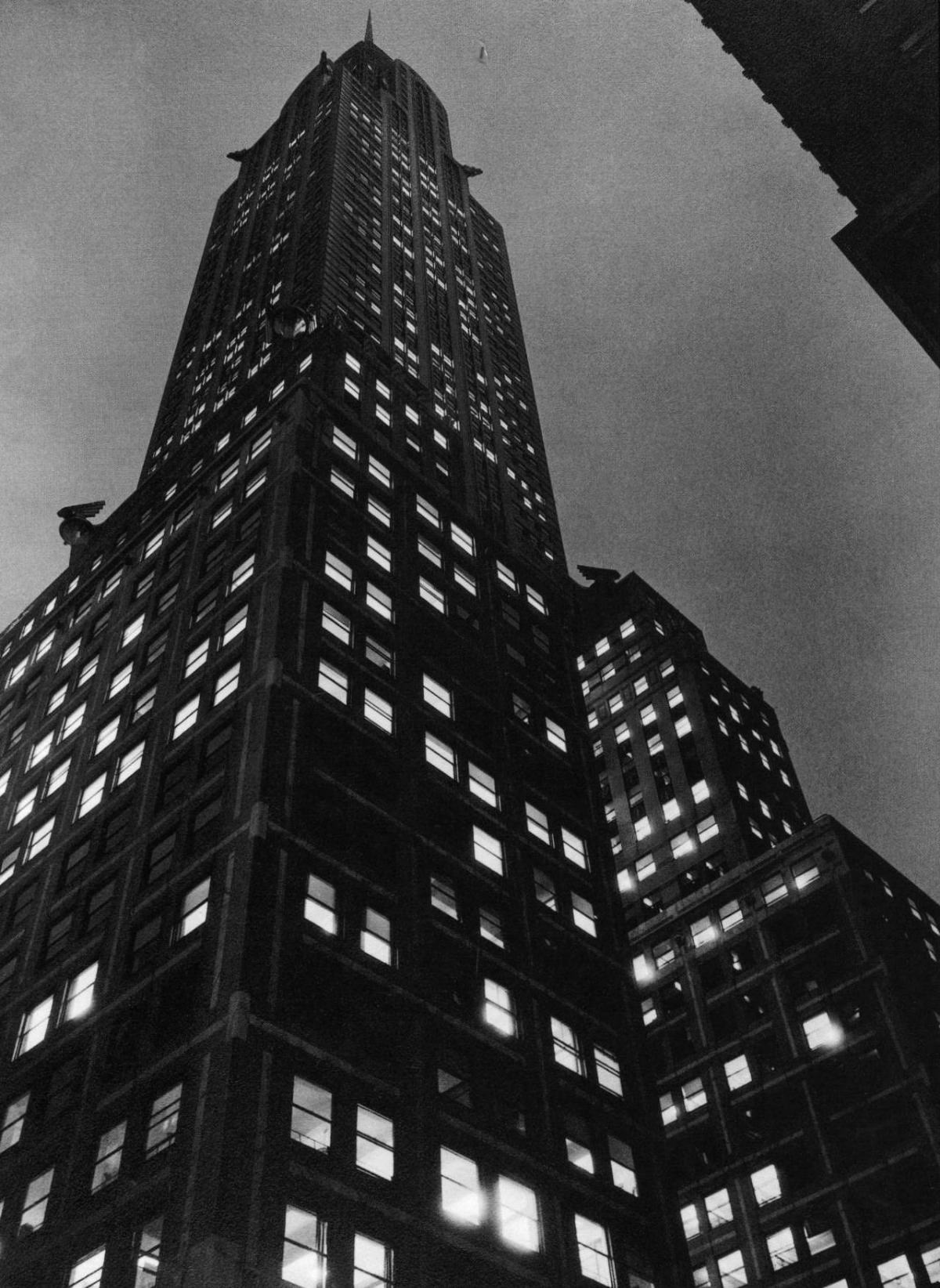
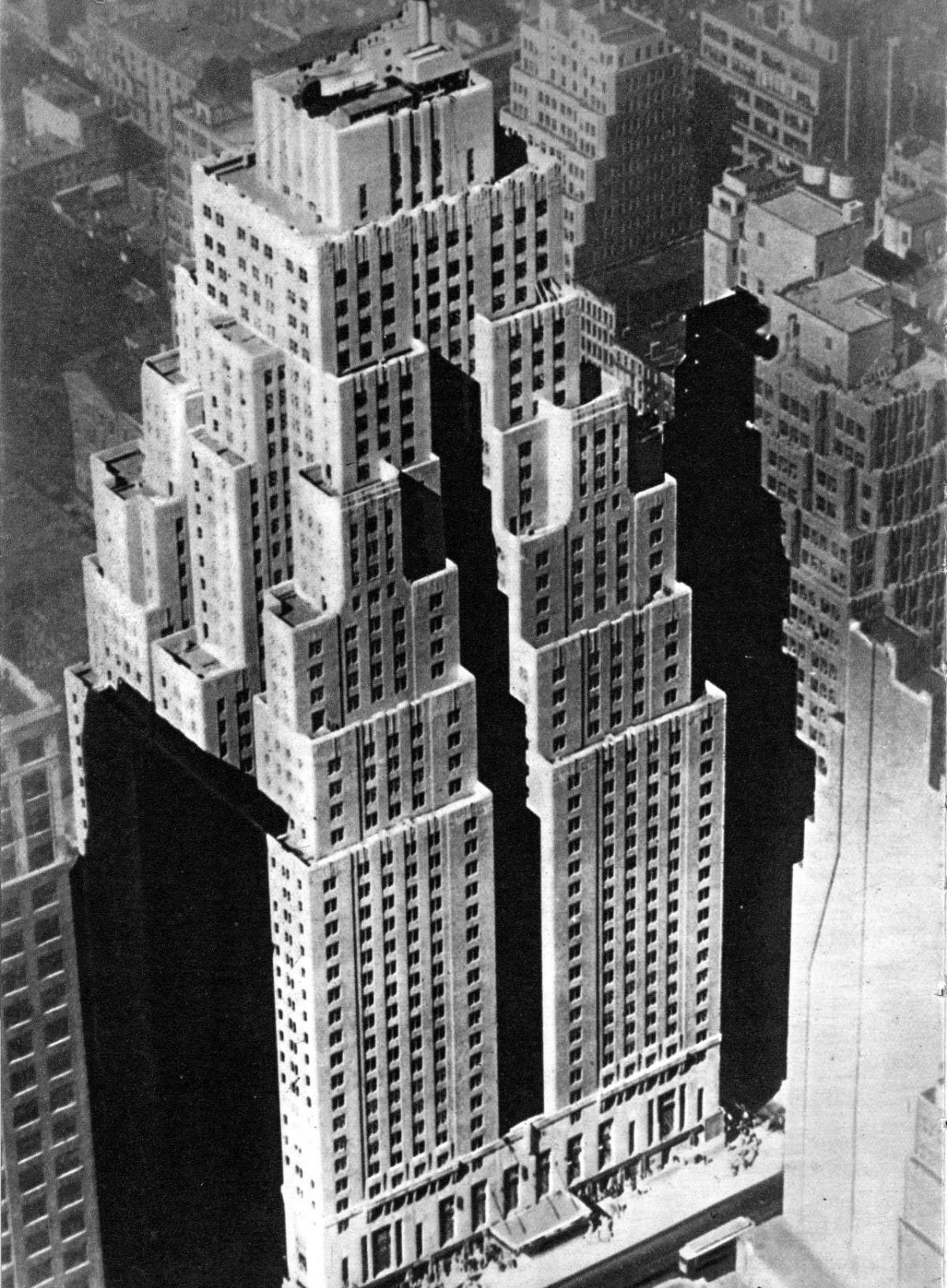
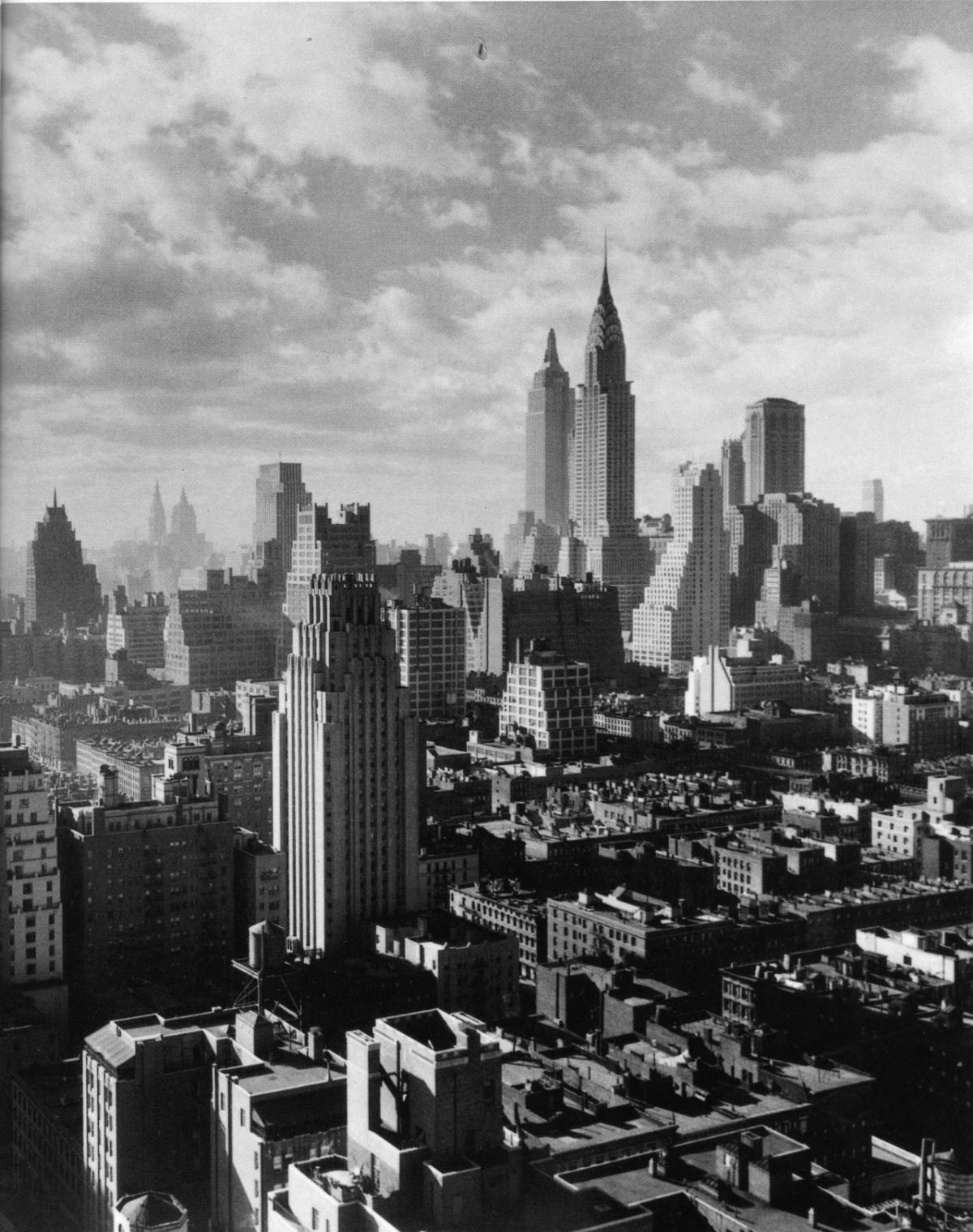
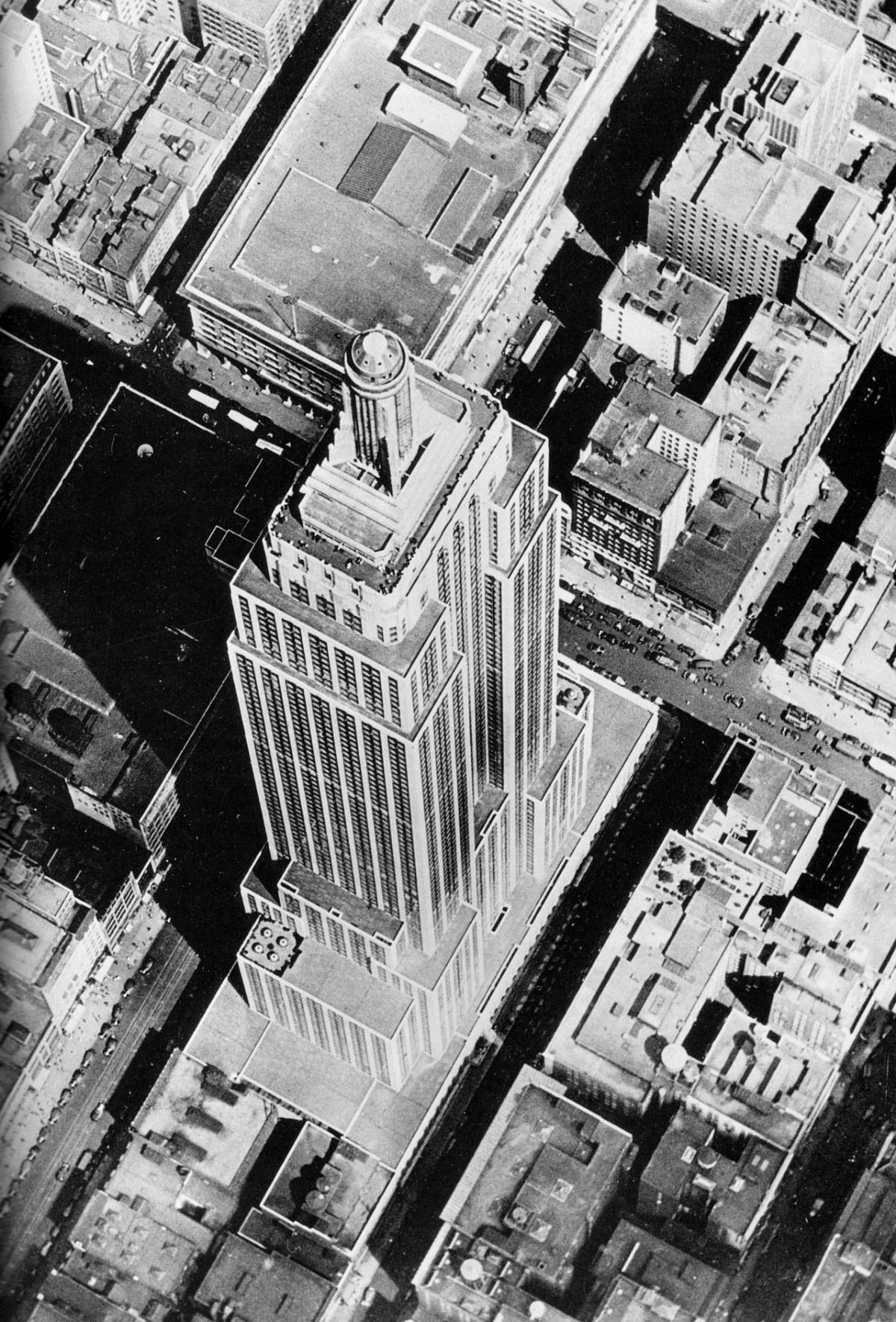
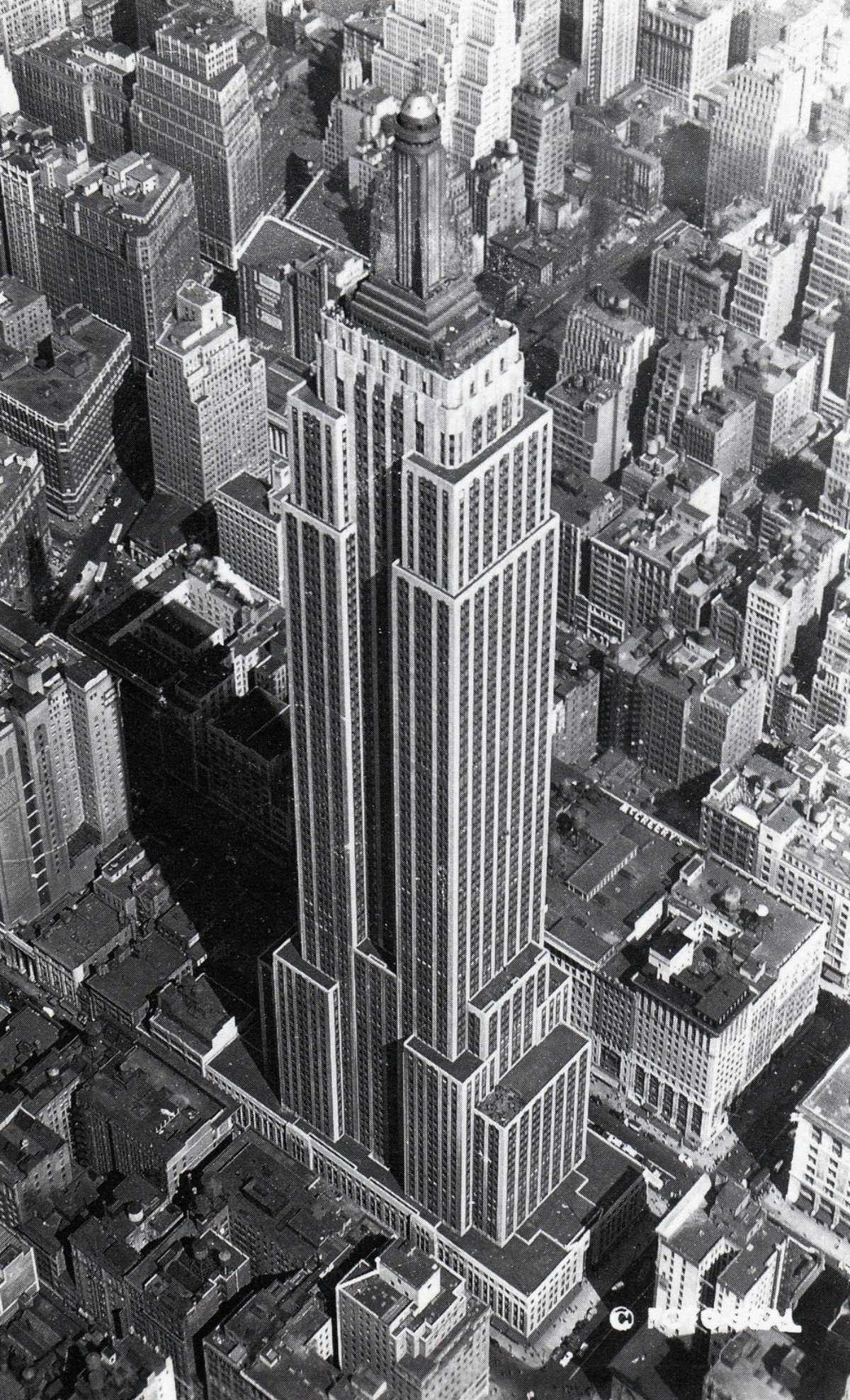
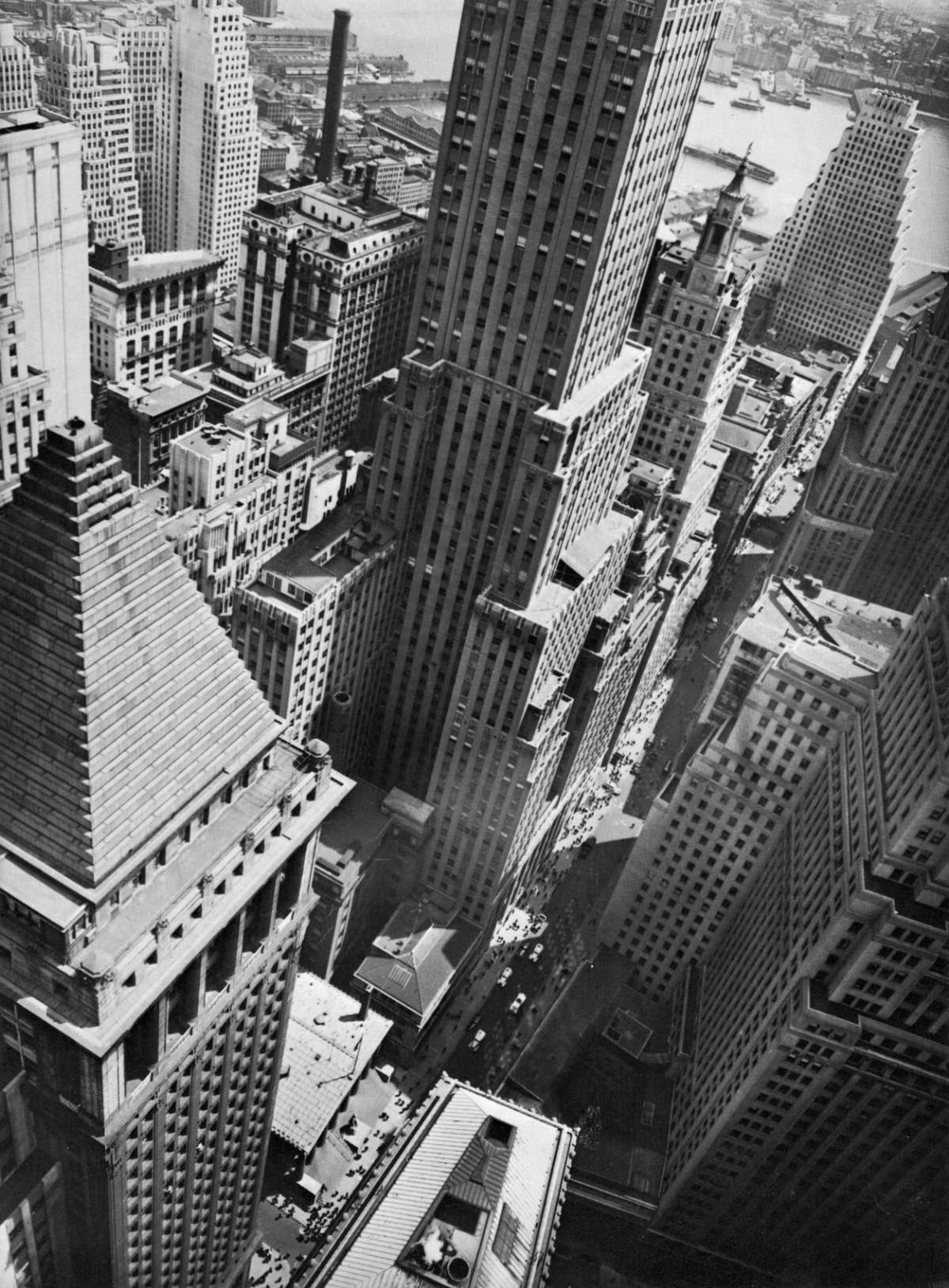
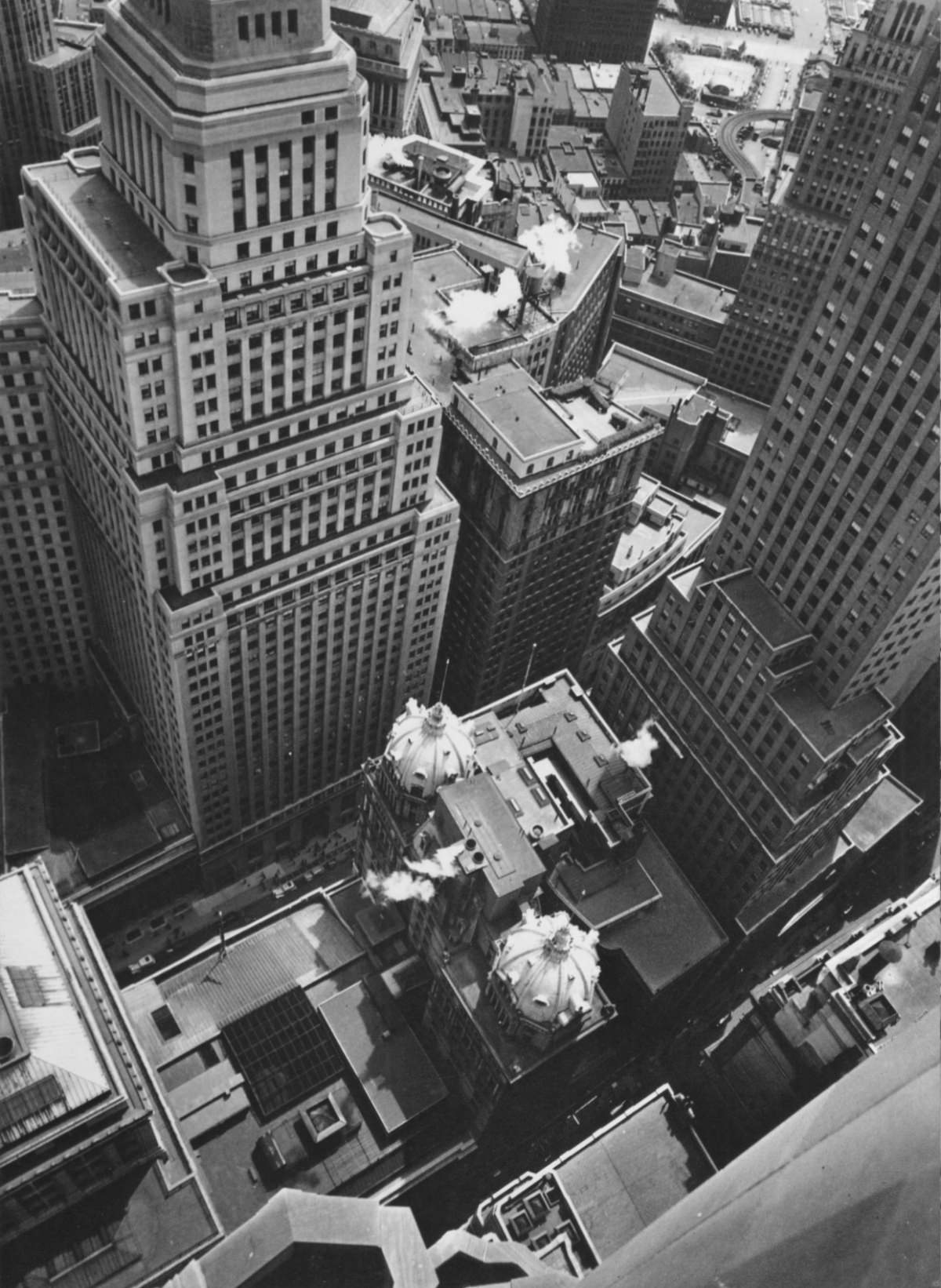
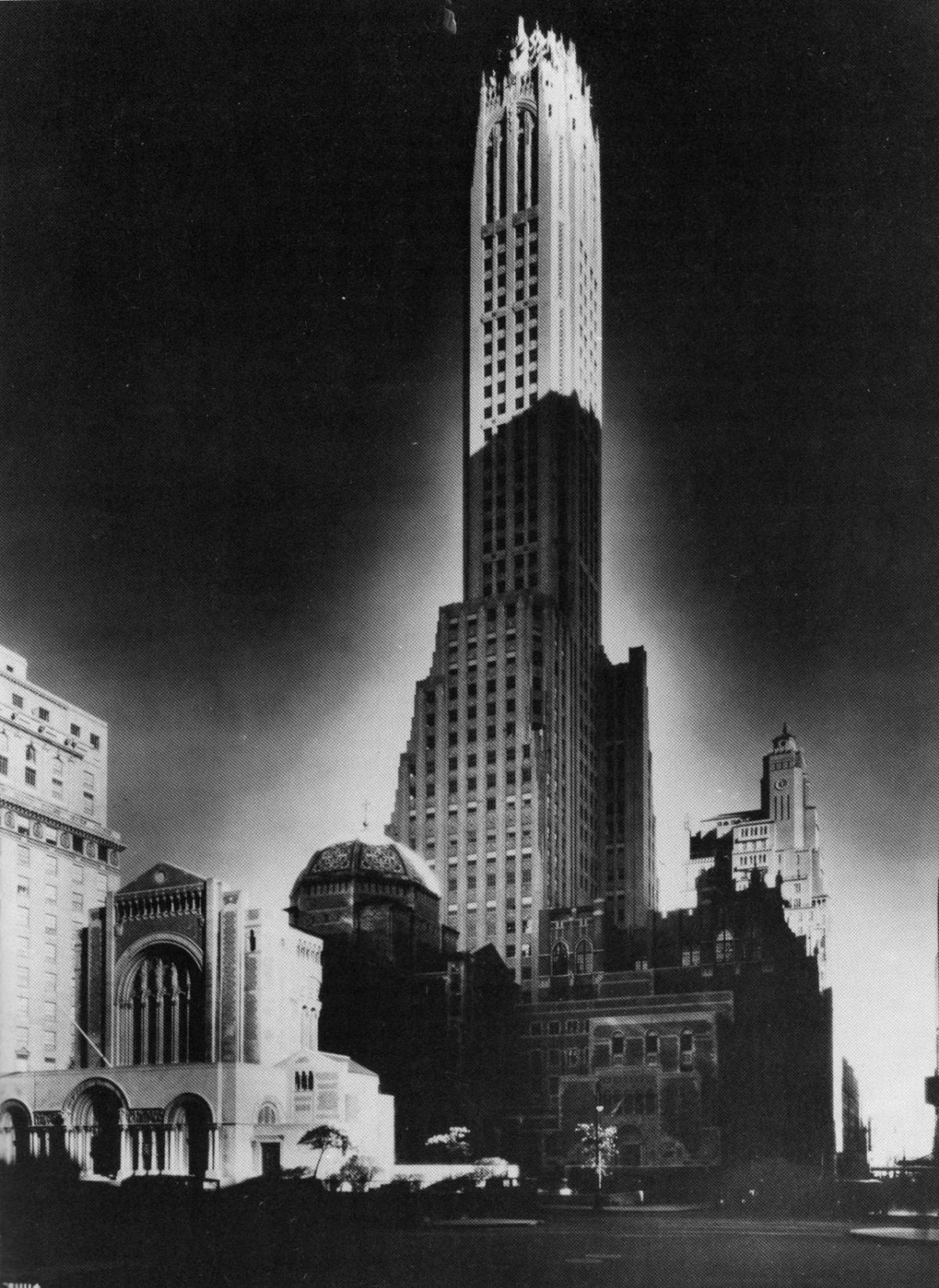
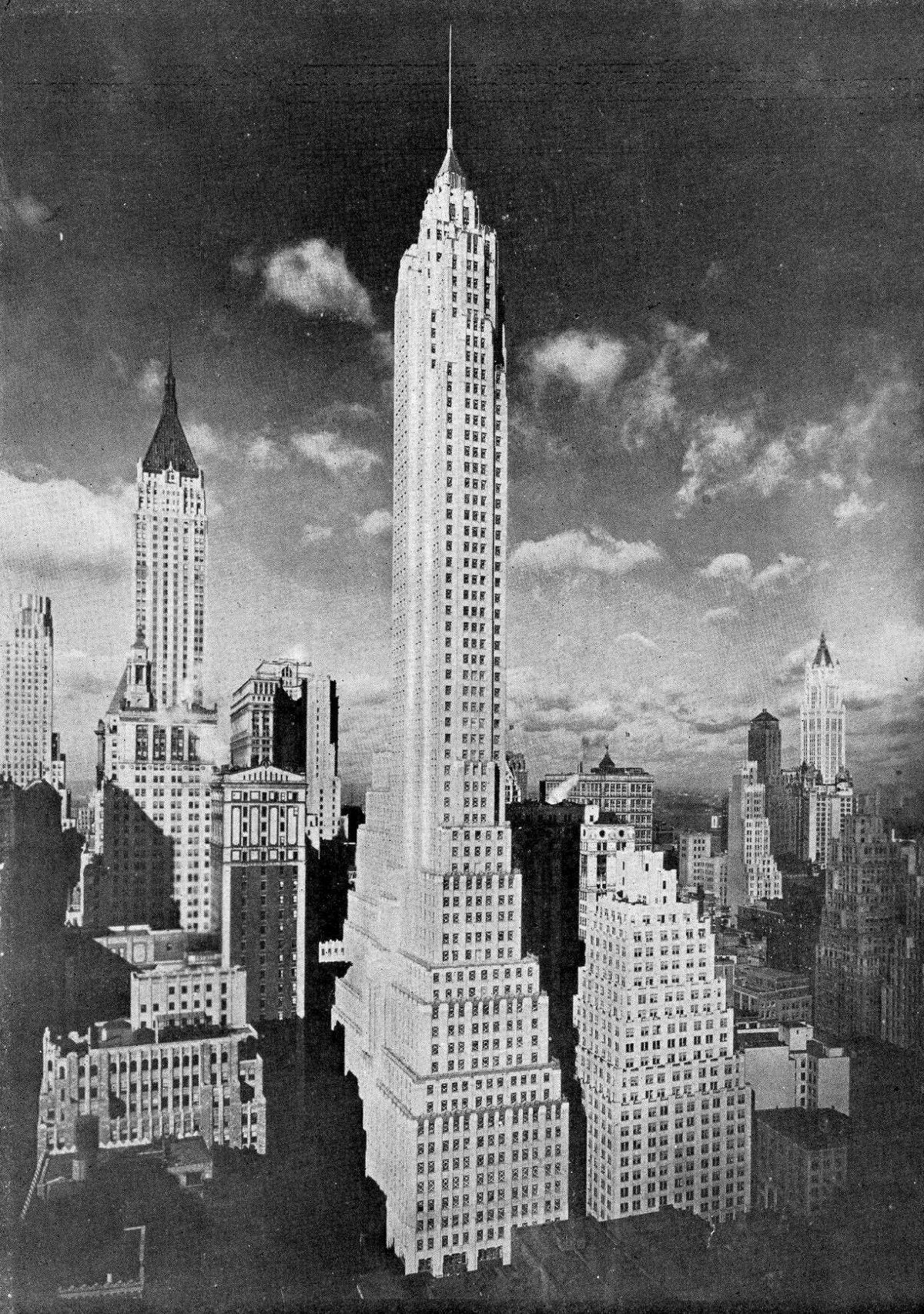
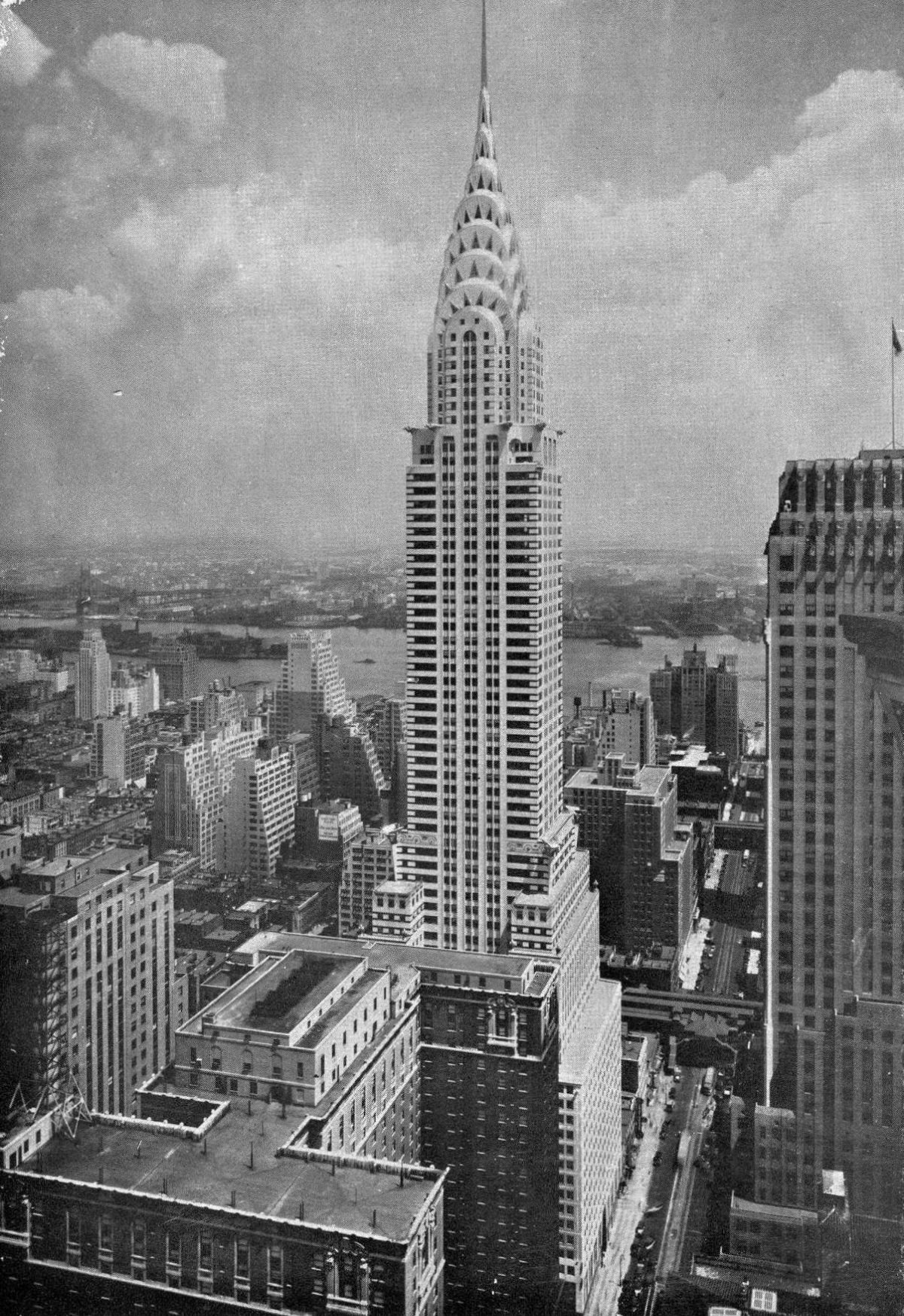
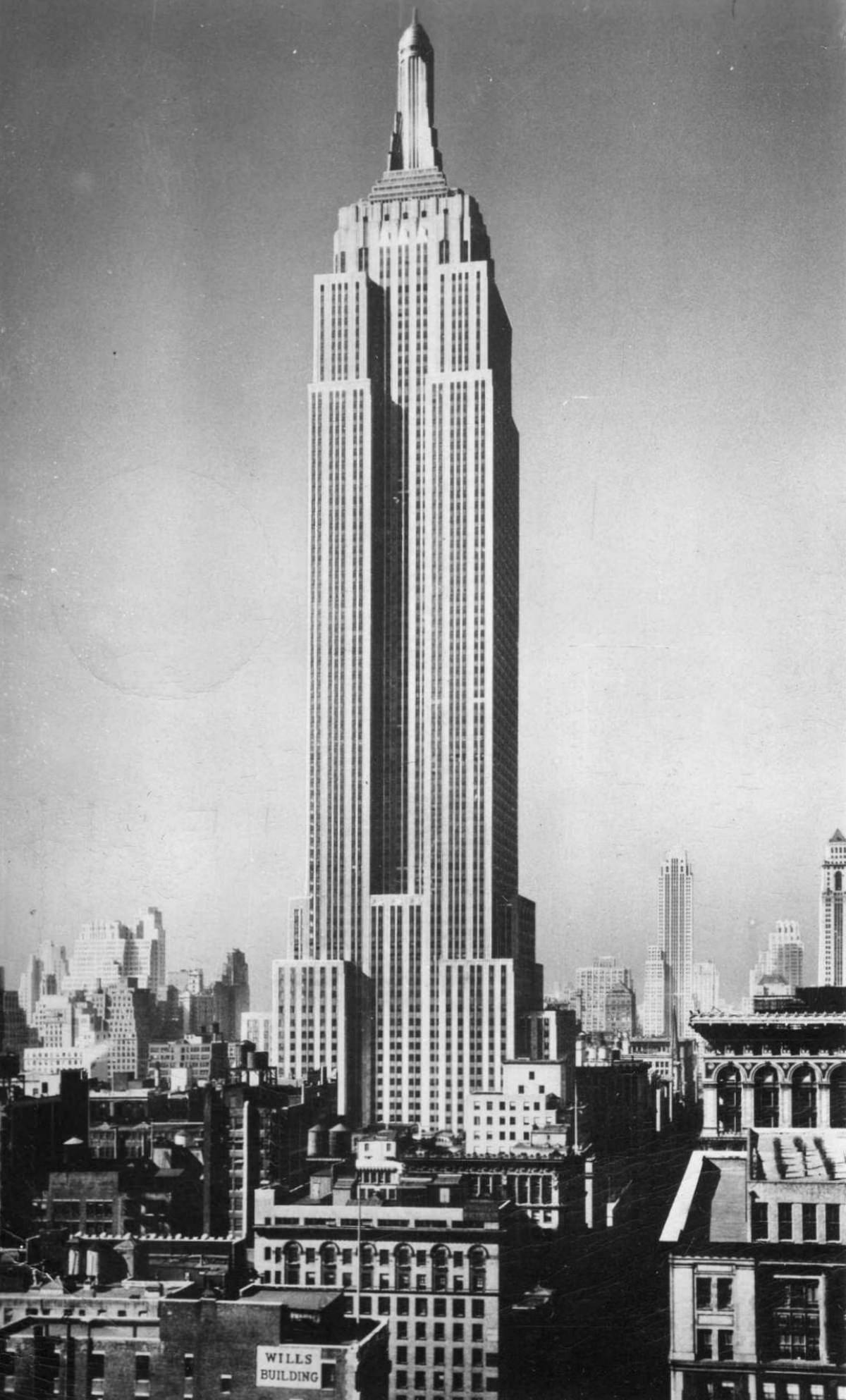
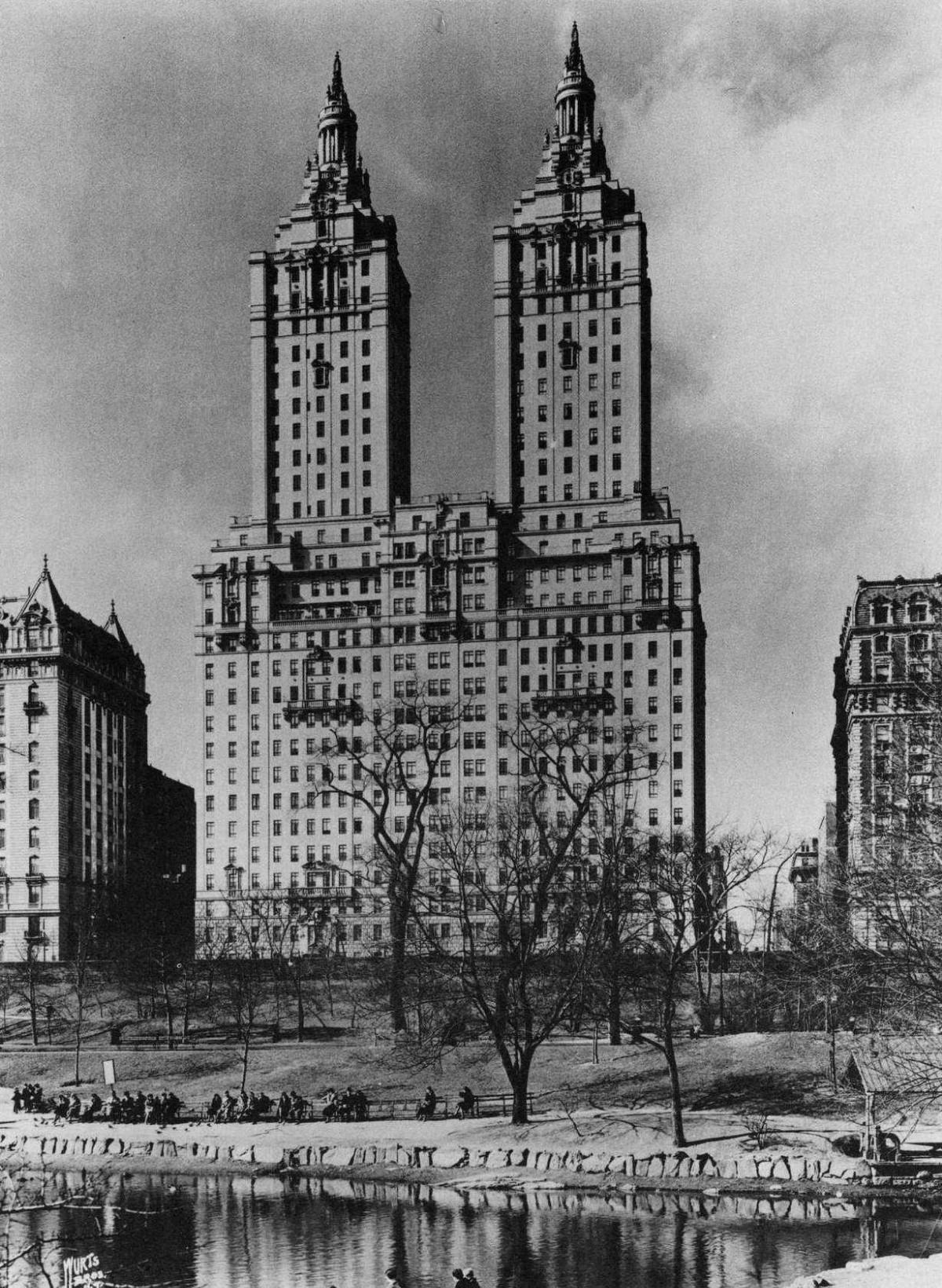
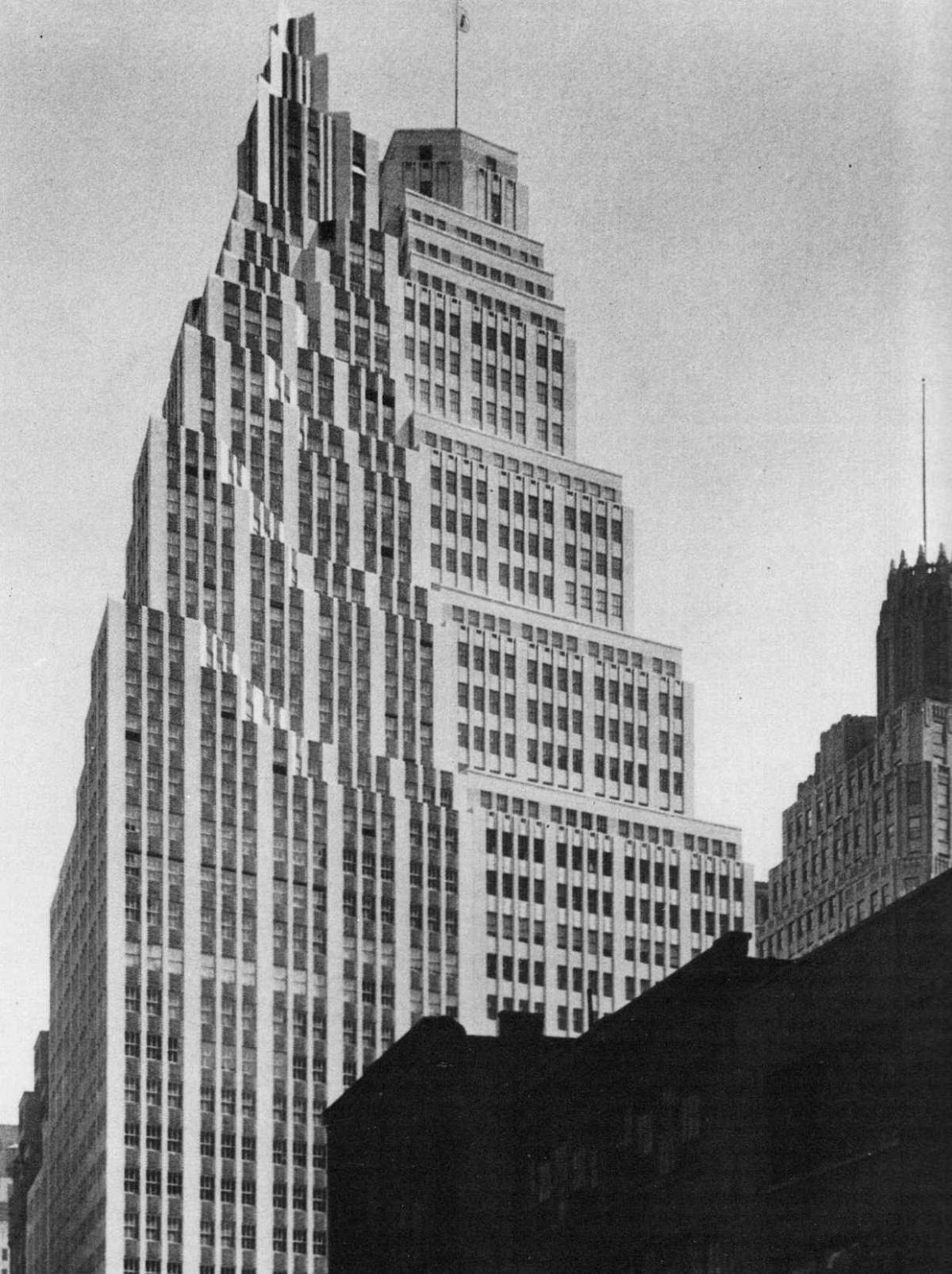
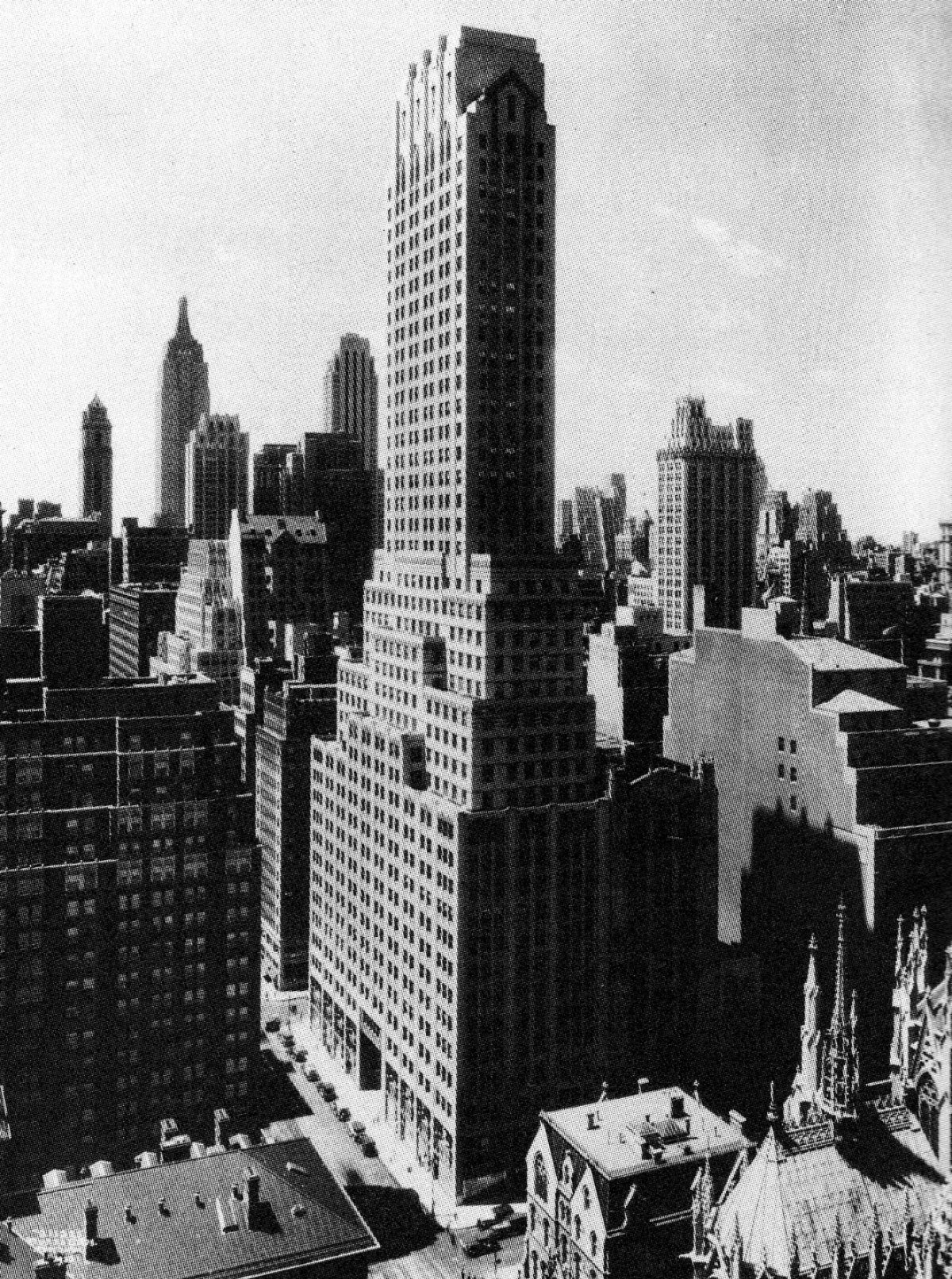
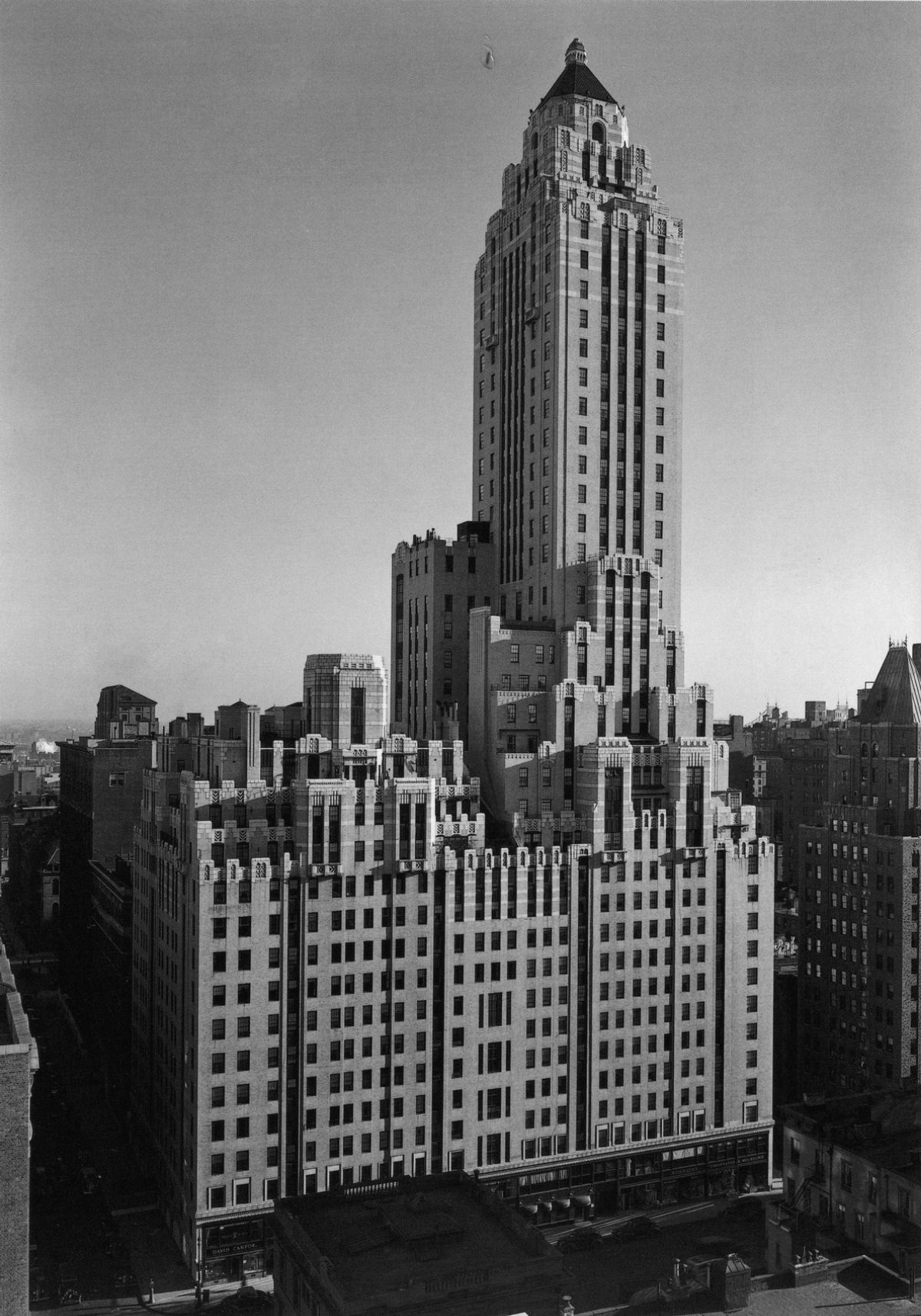
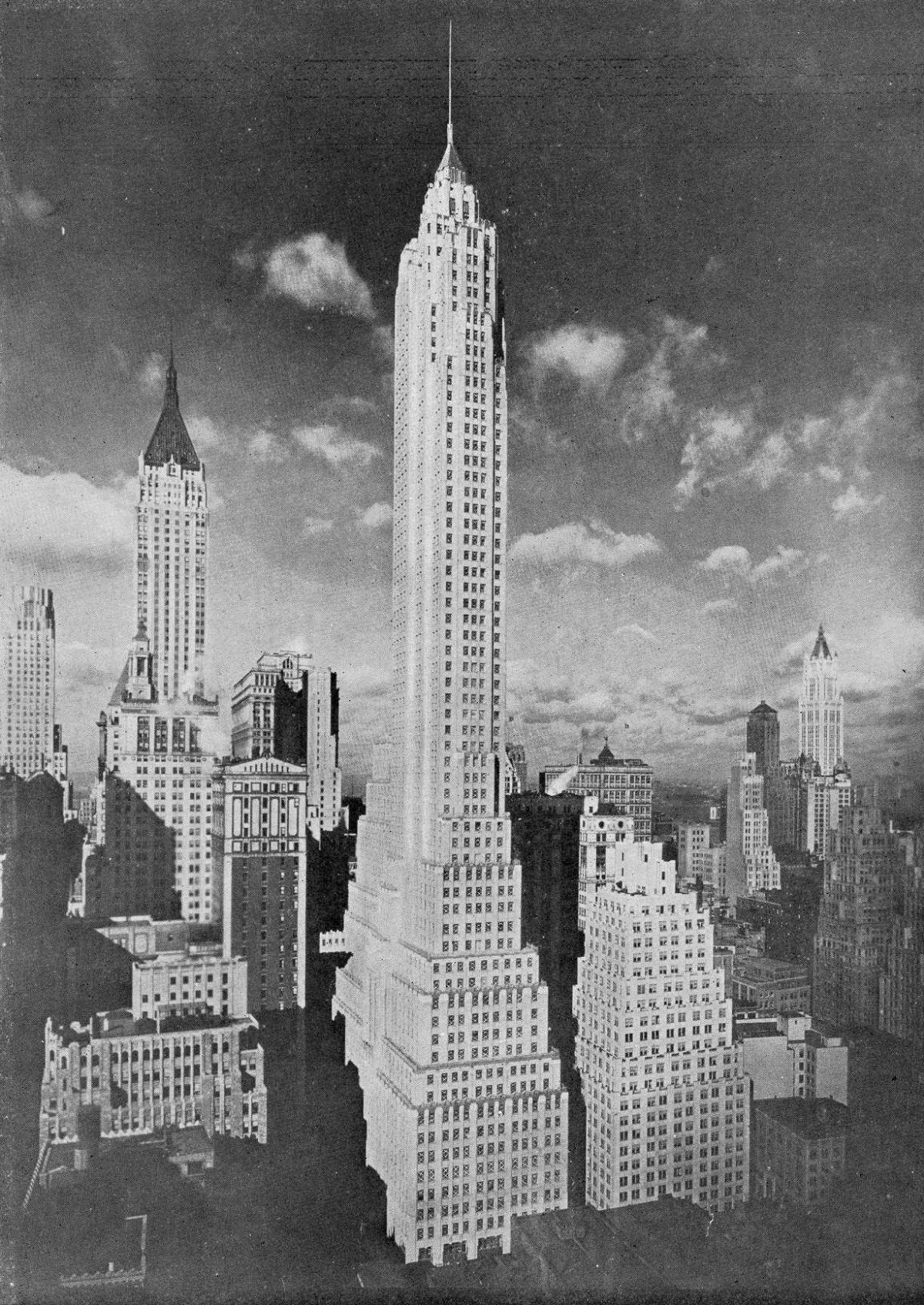
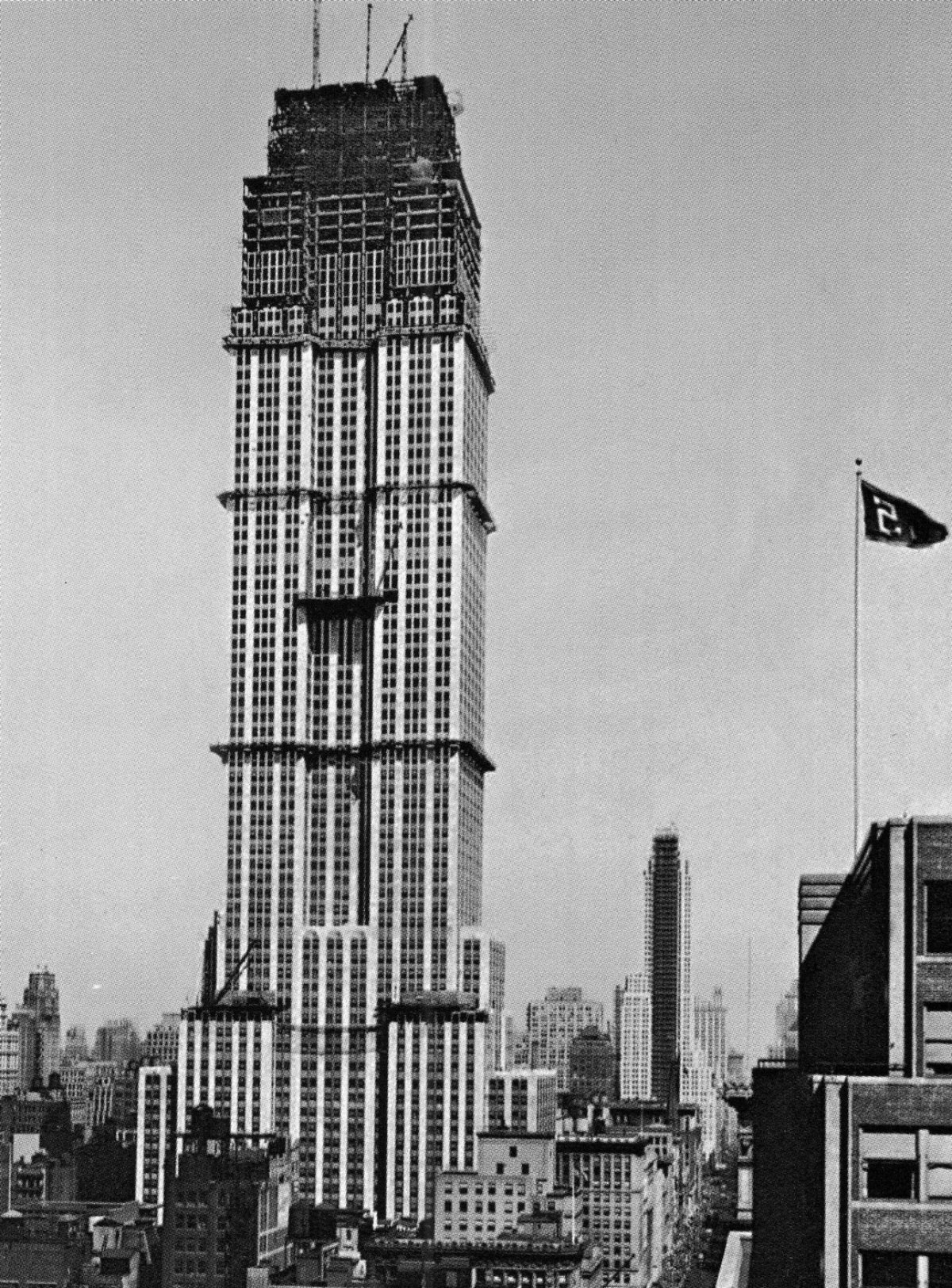
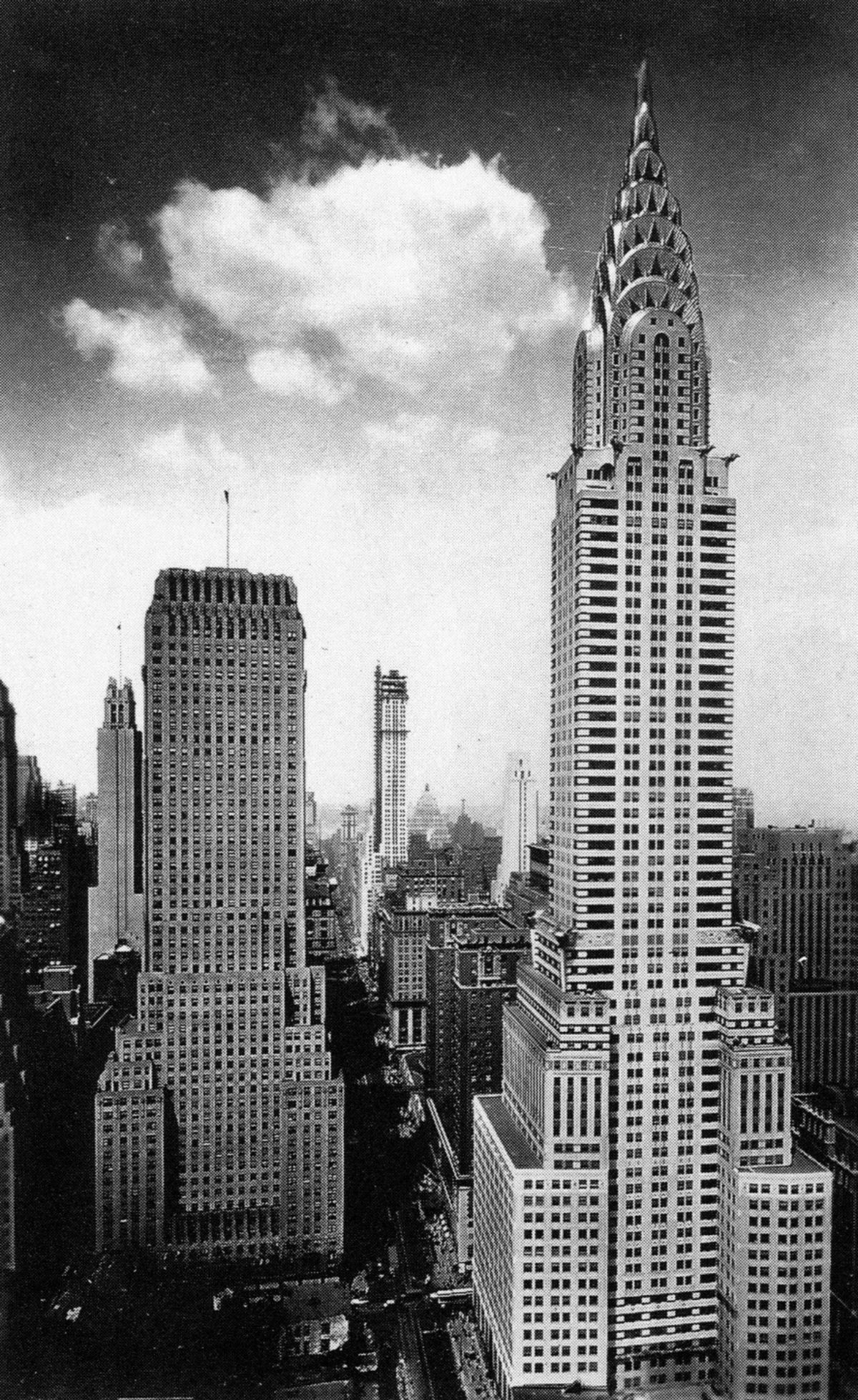
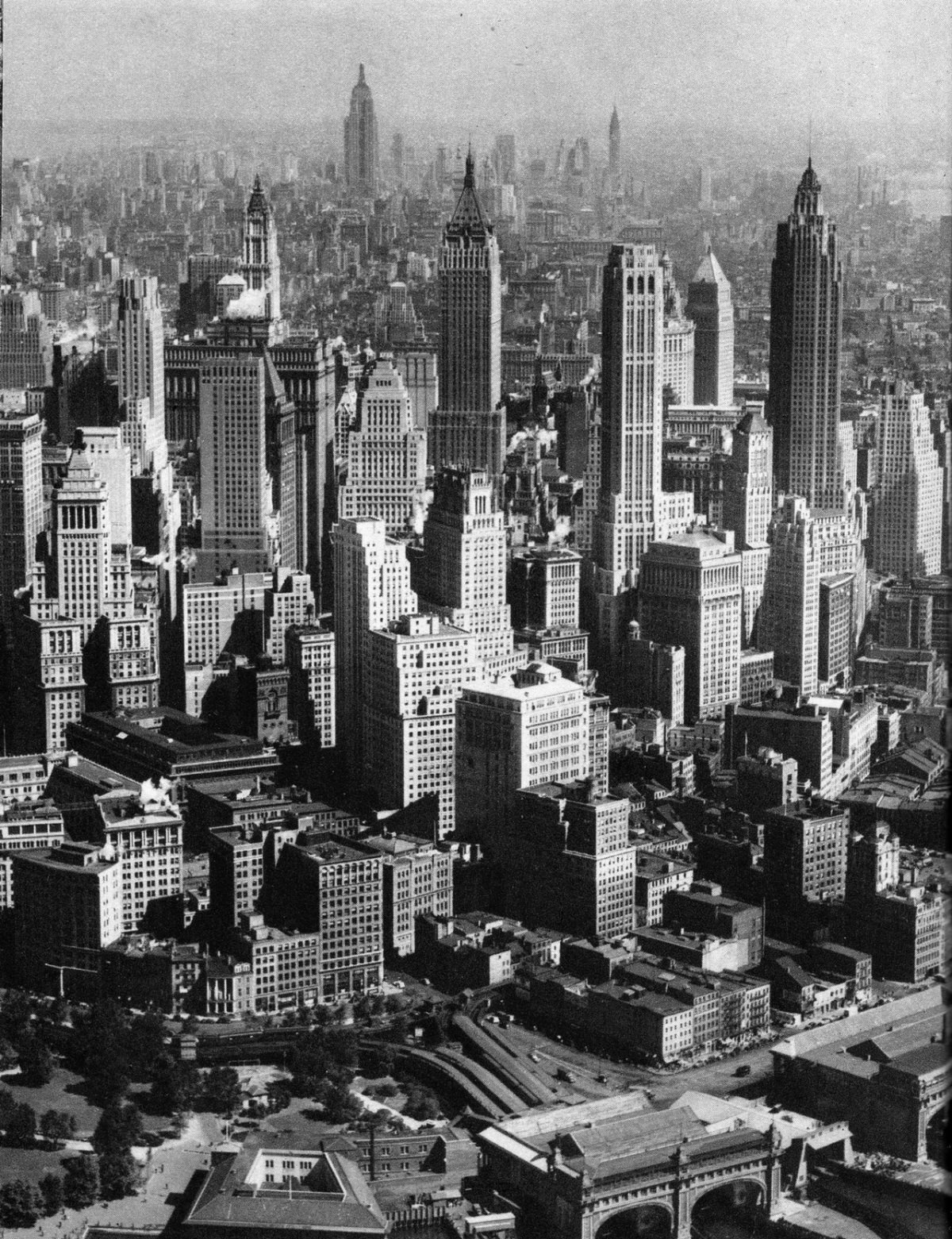

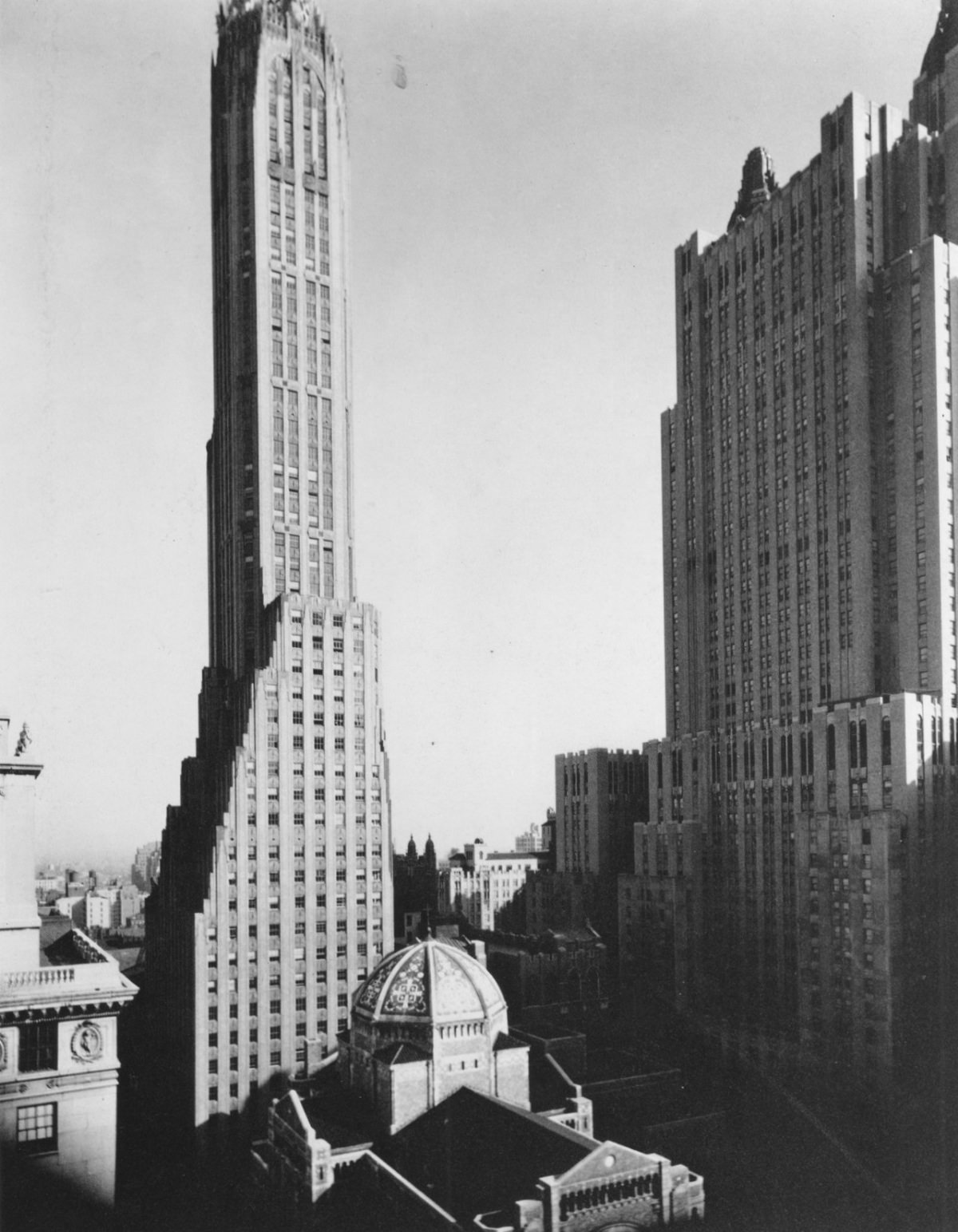
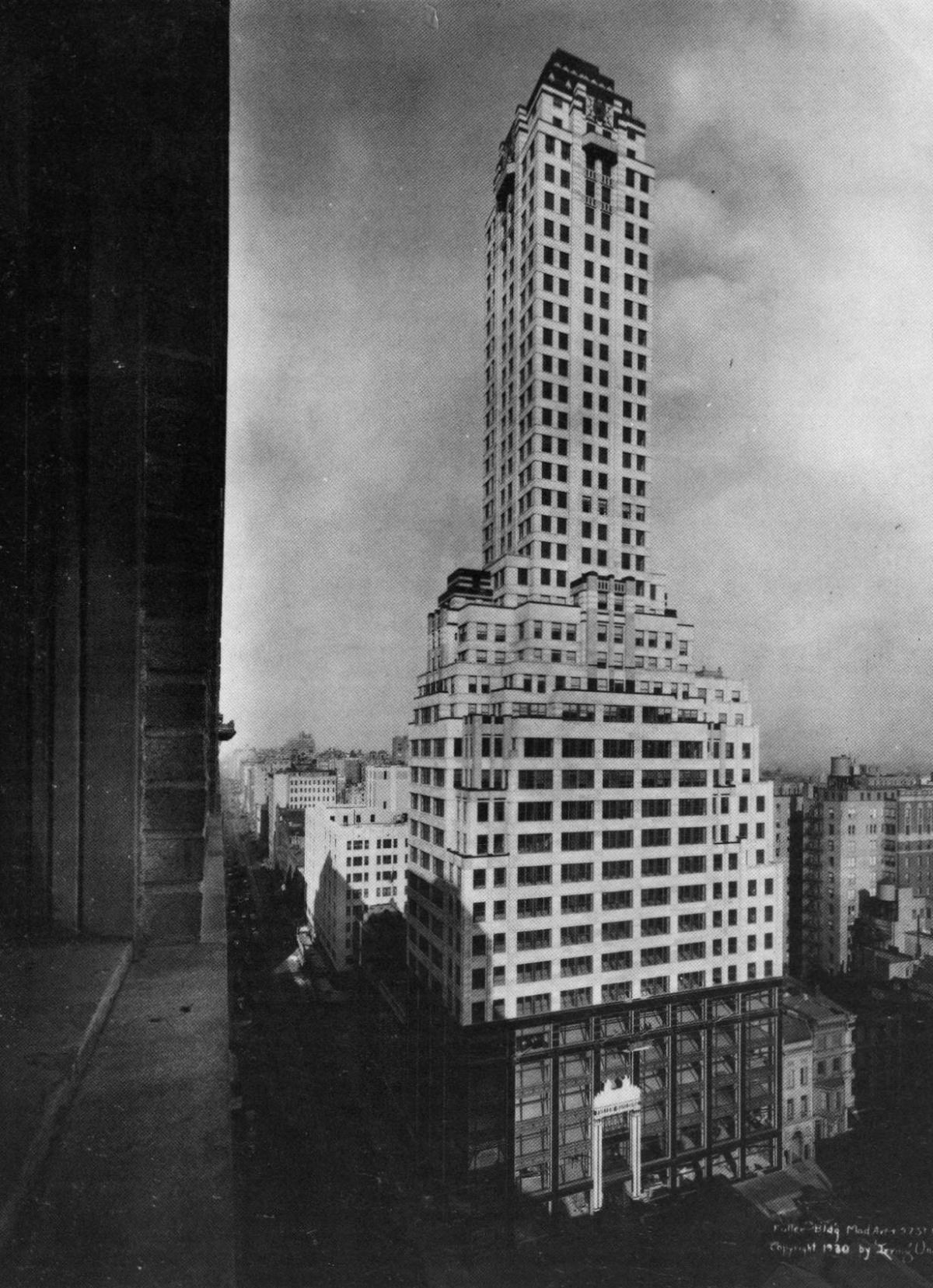
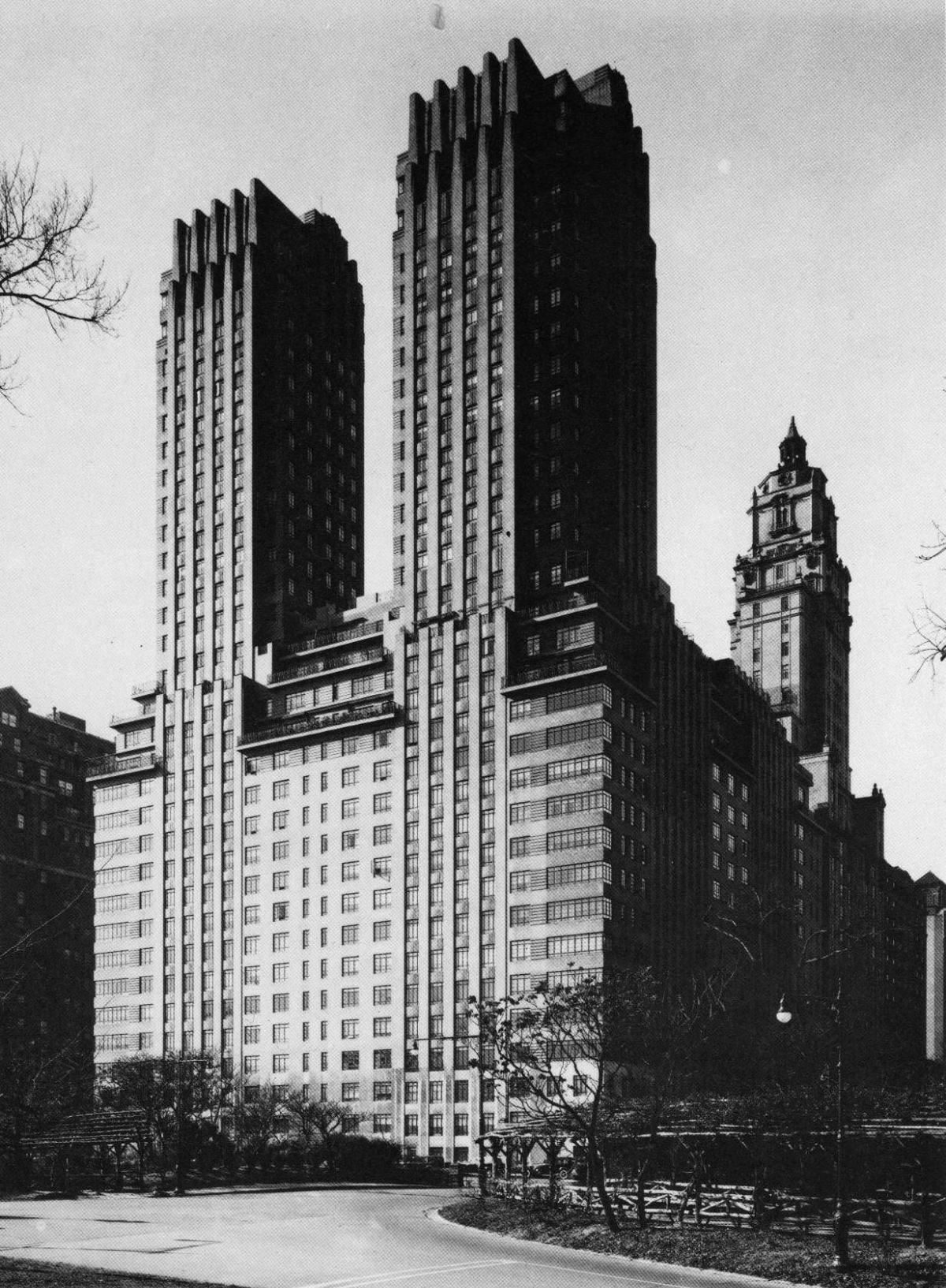

GIPHY App Key not set. Please check settings